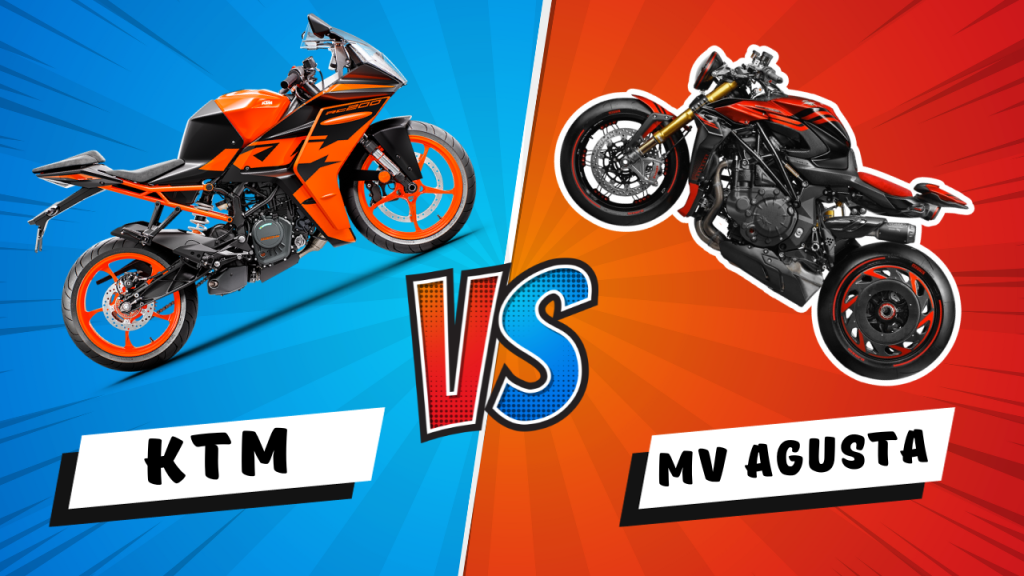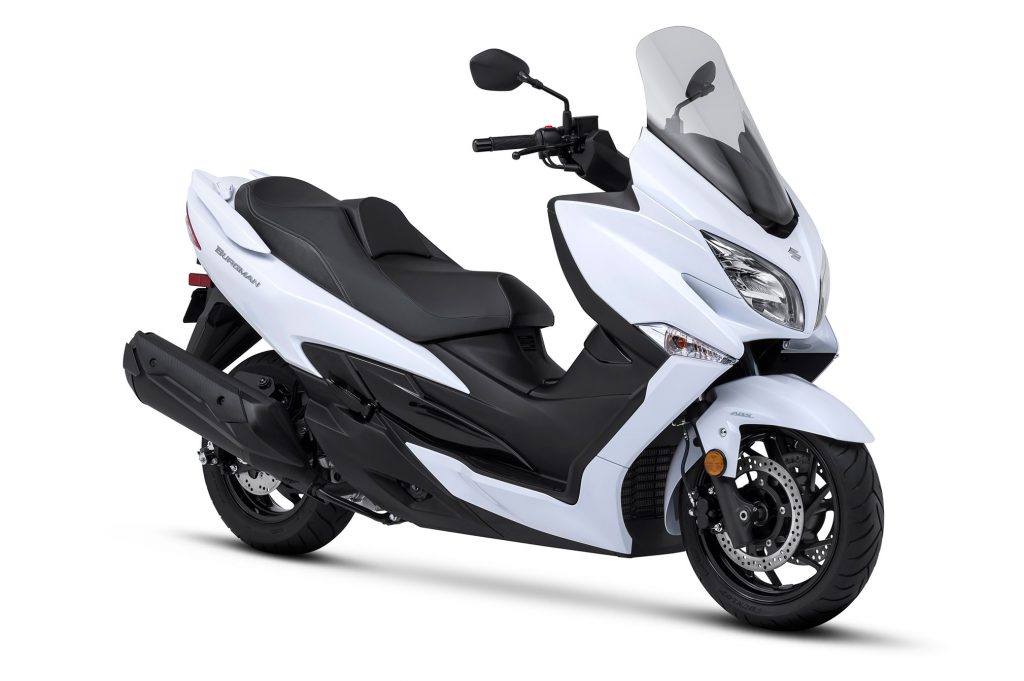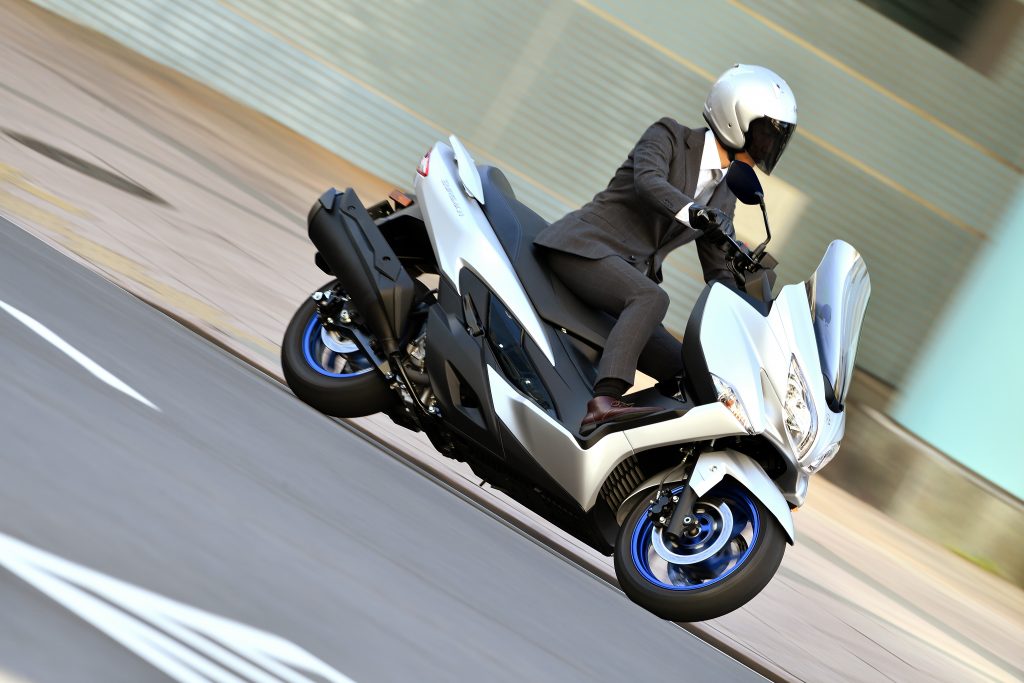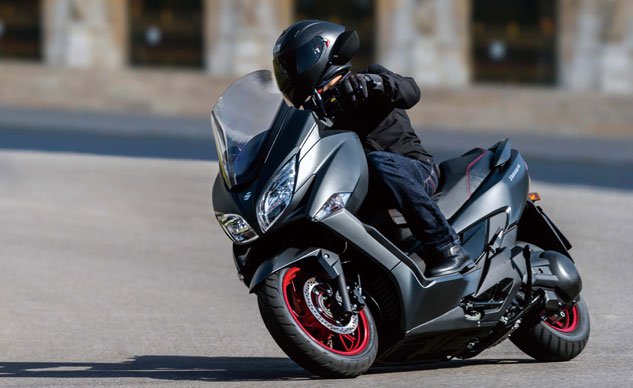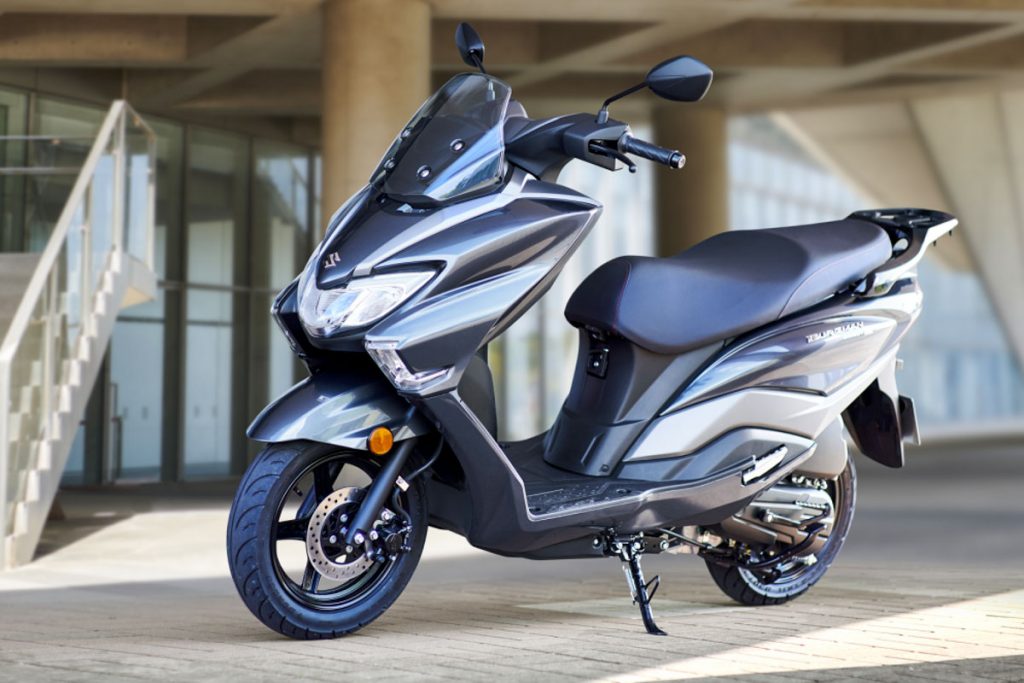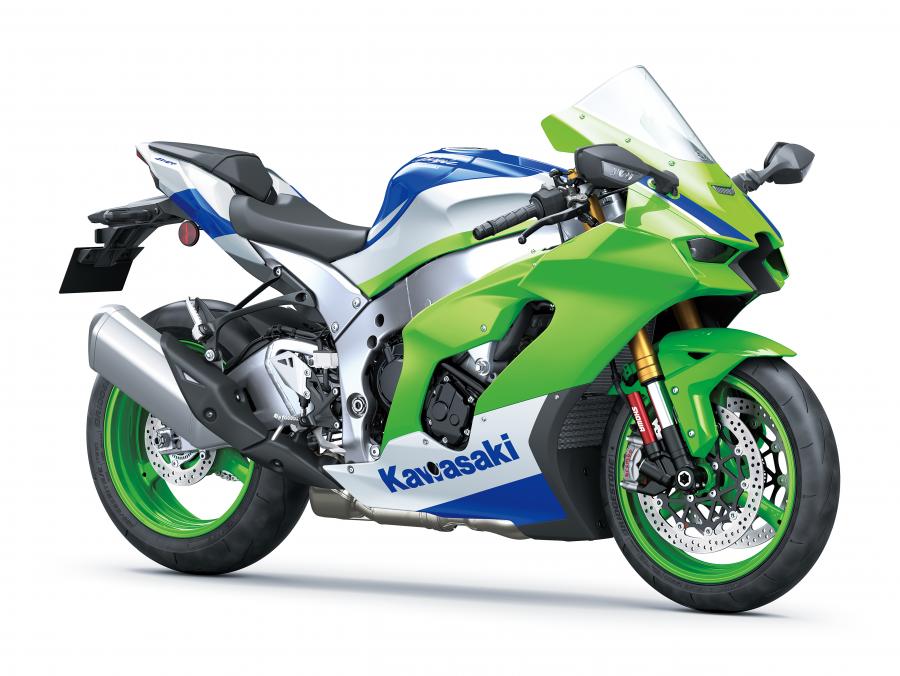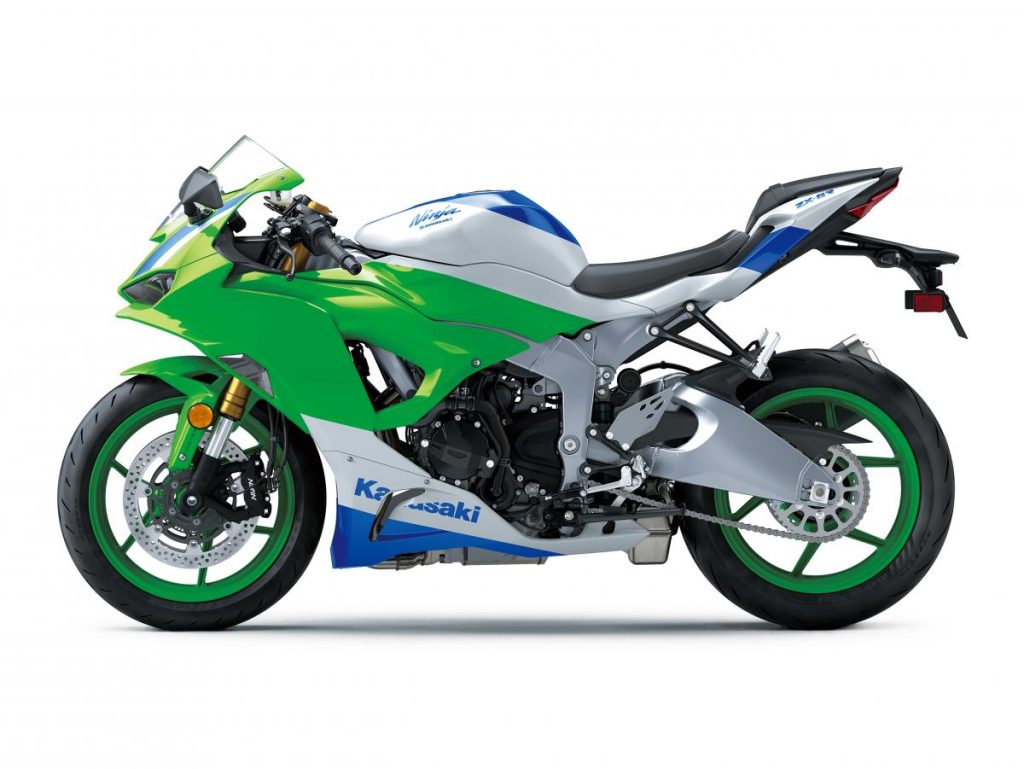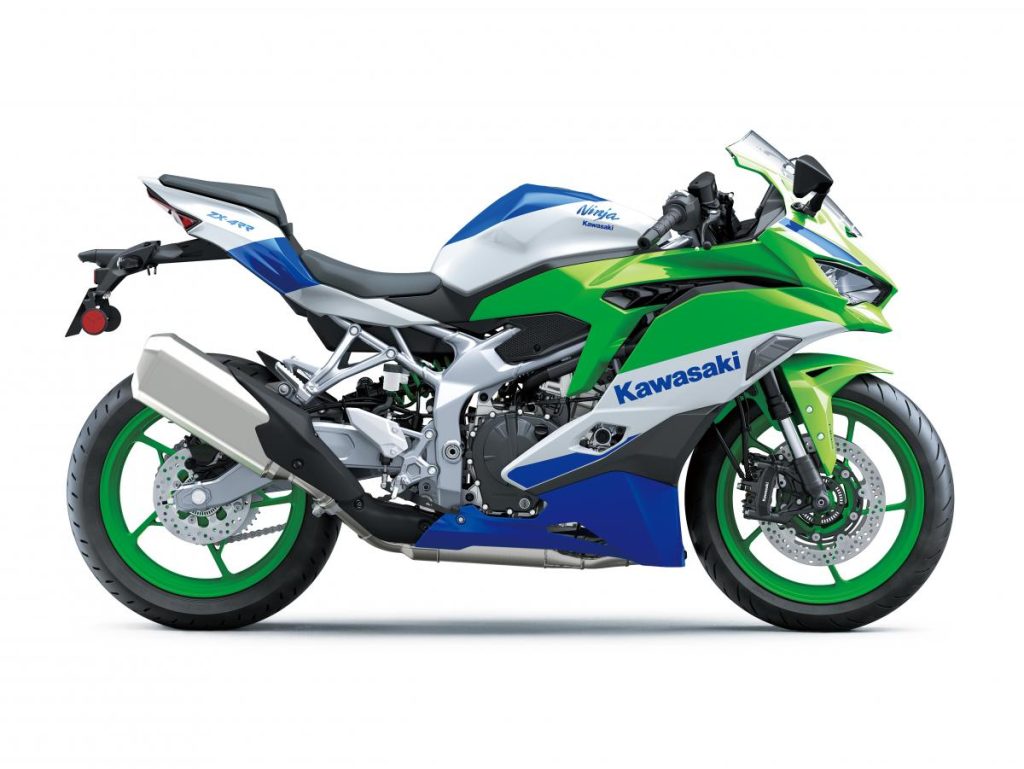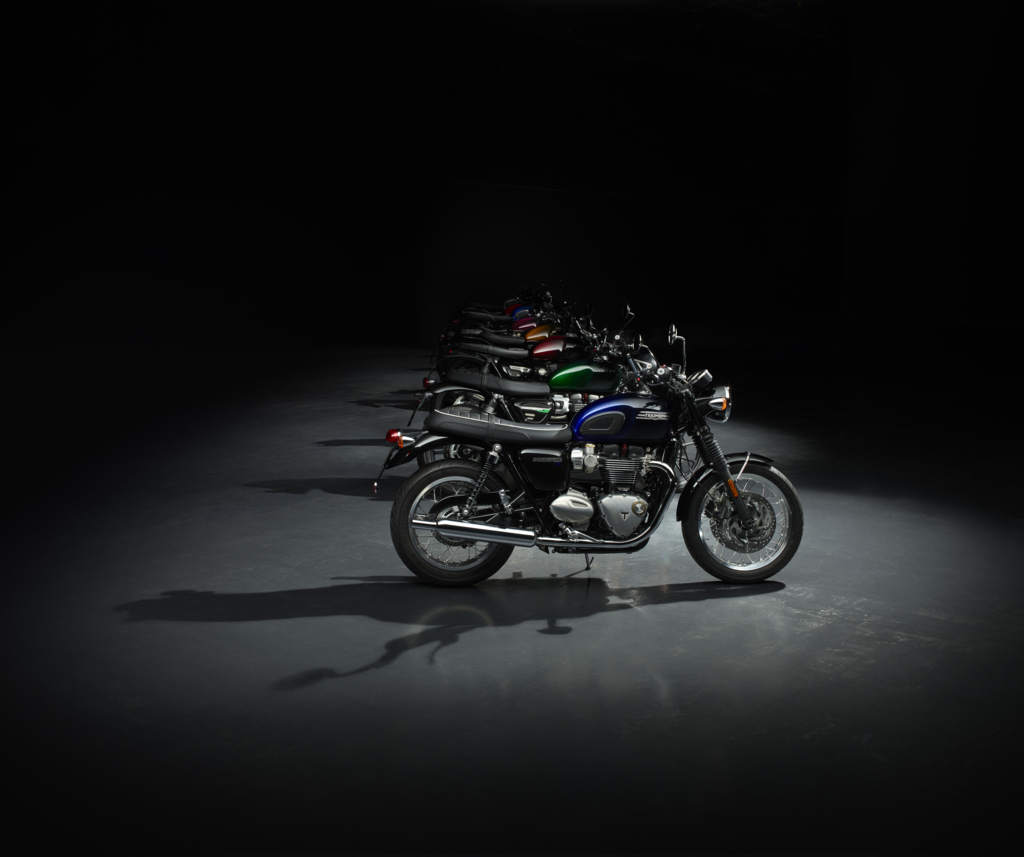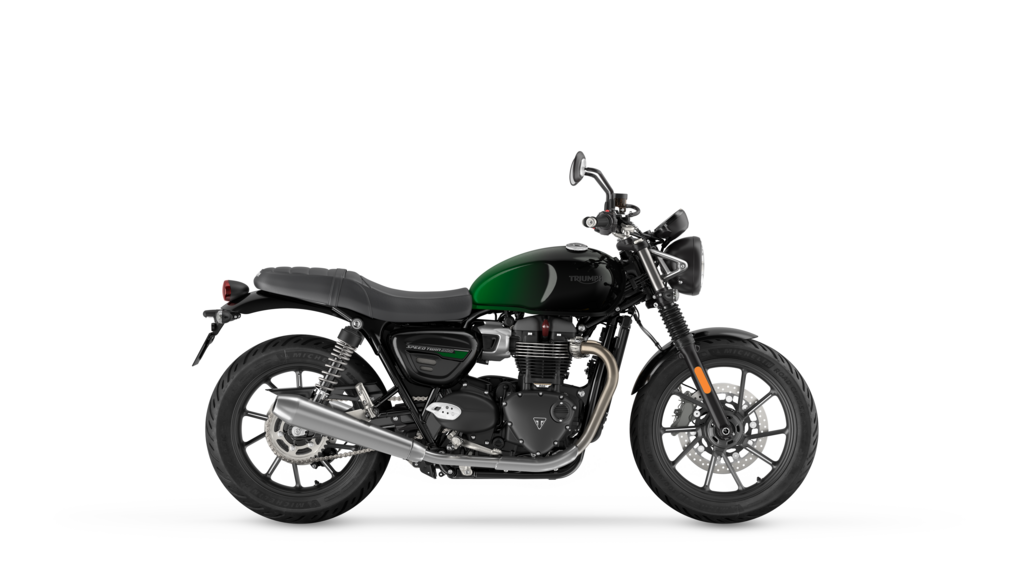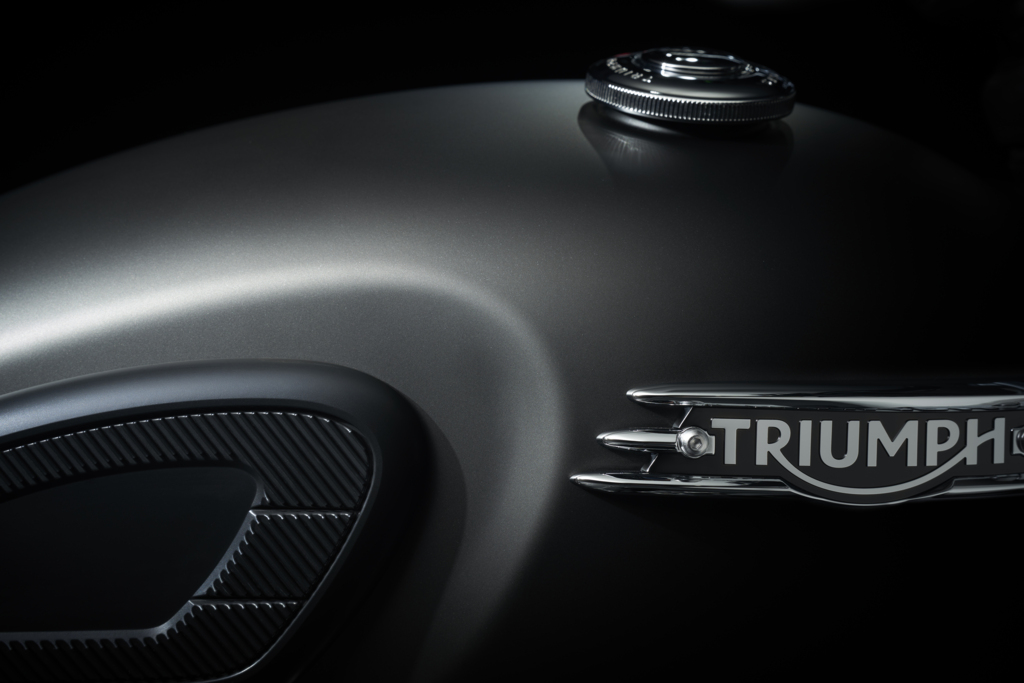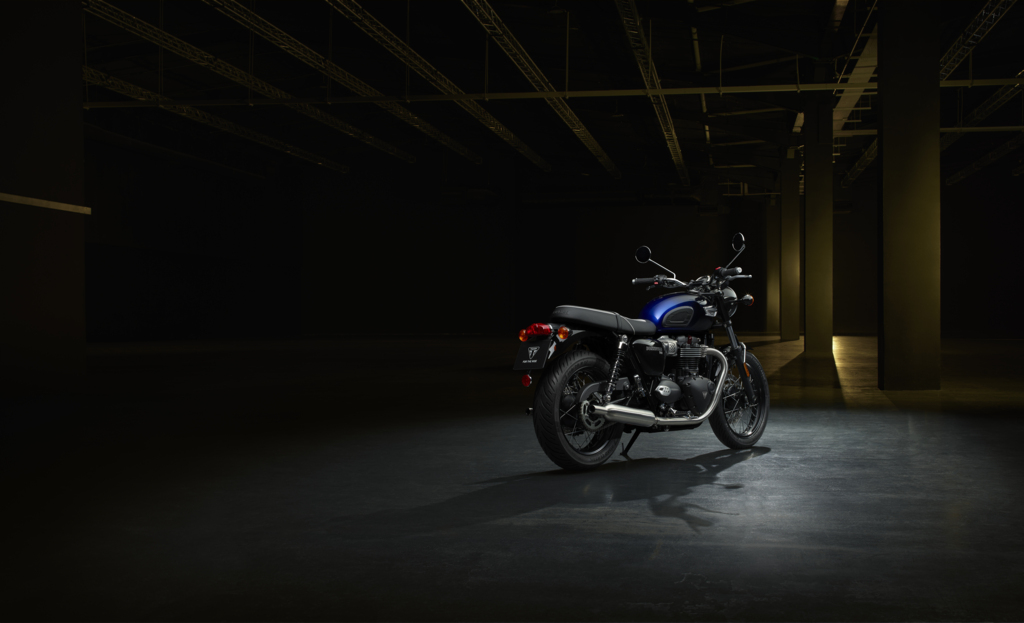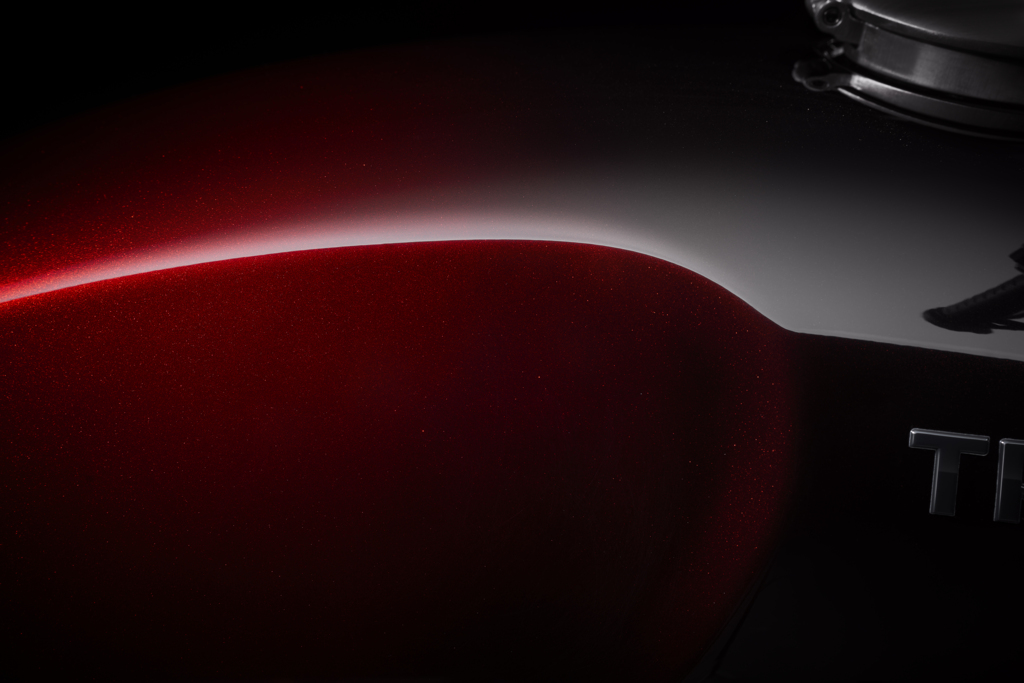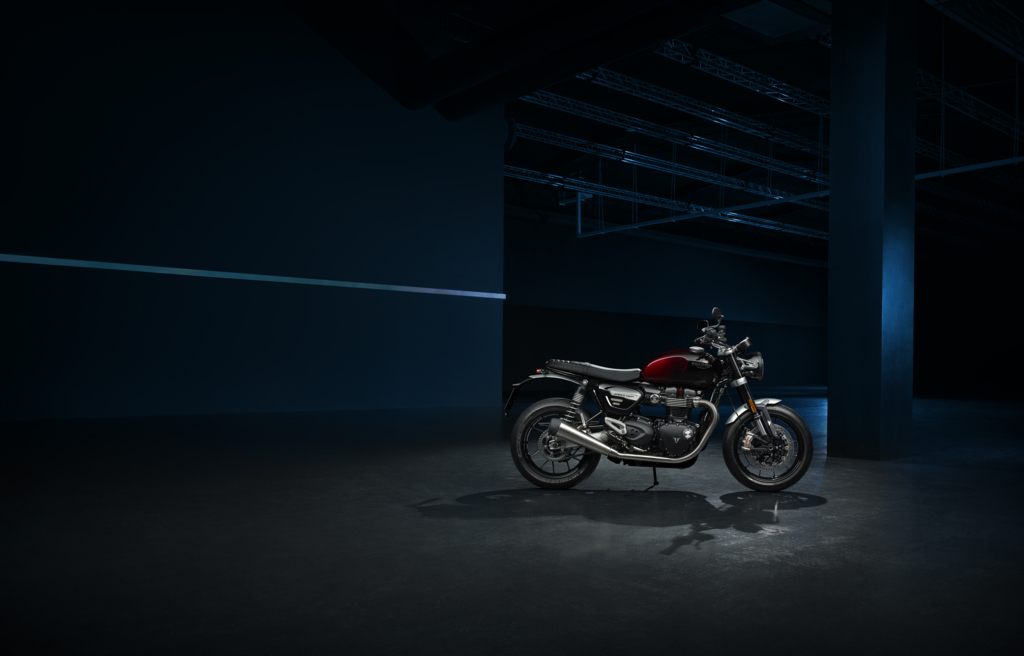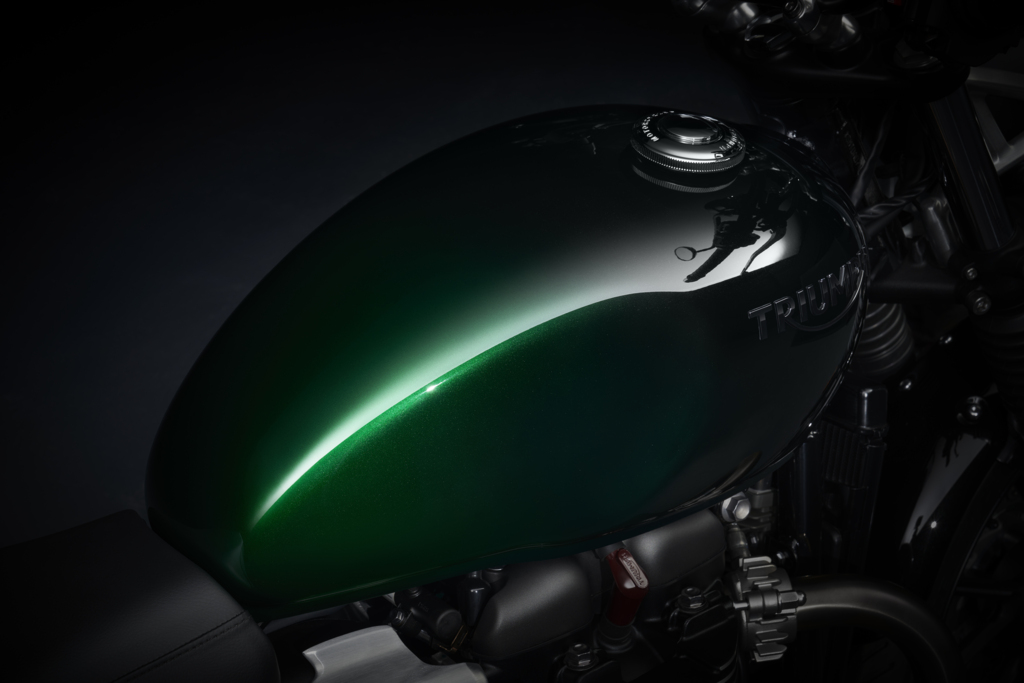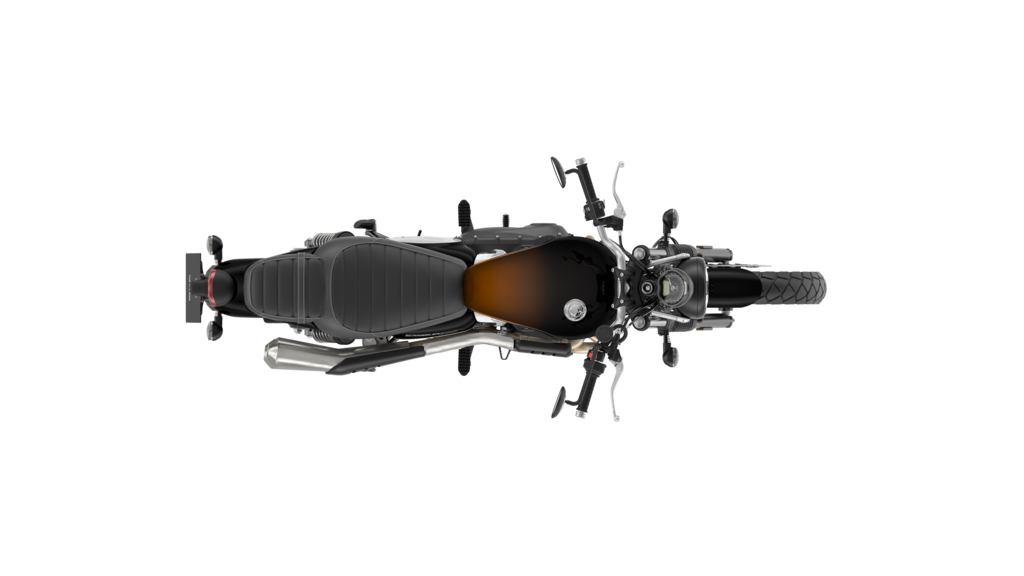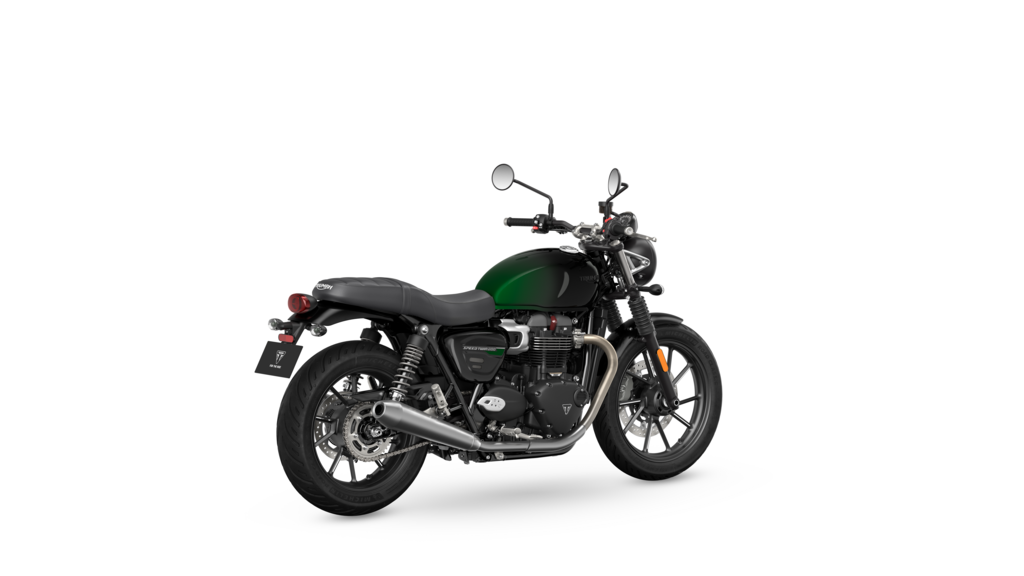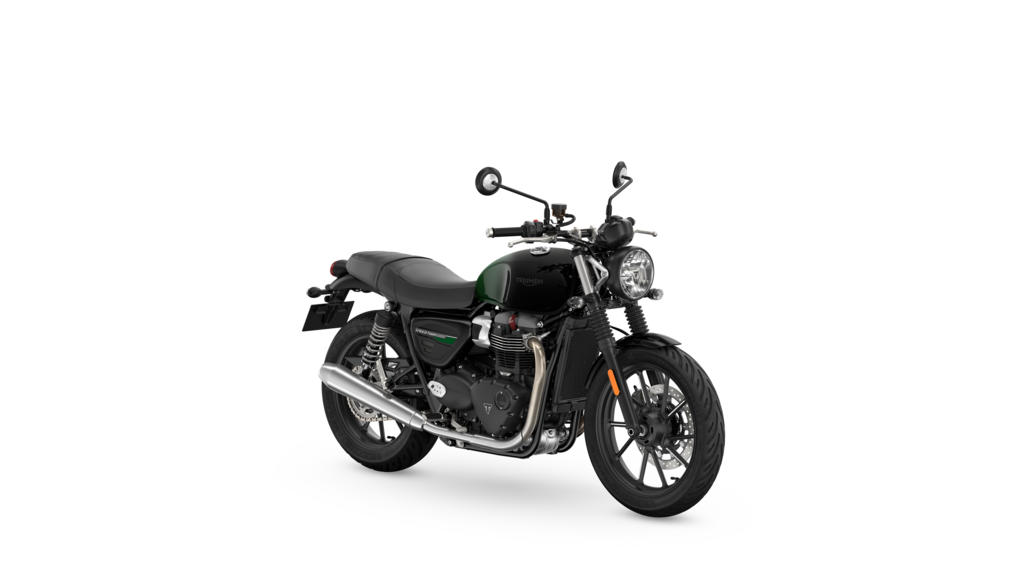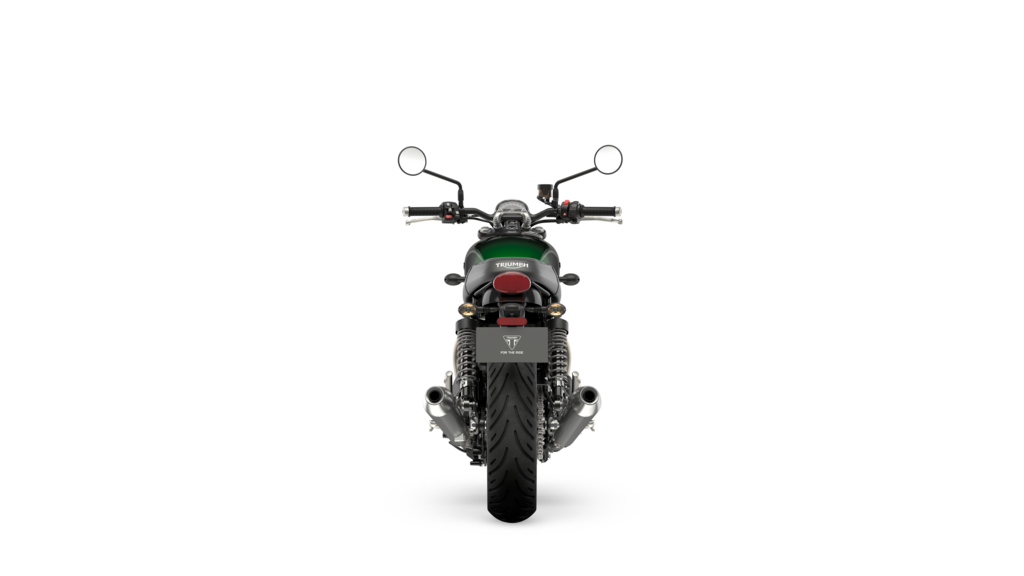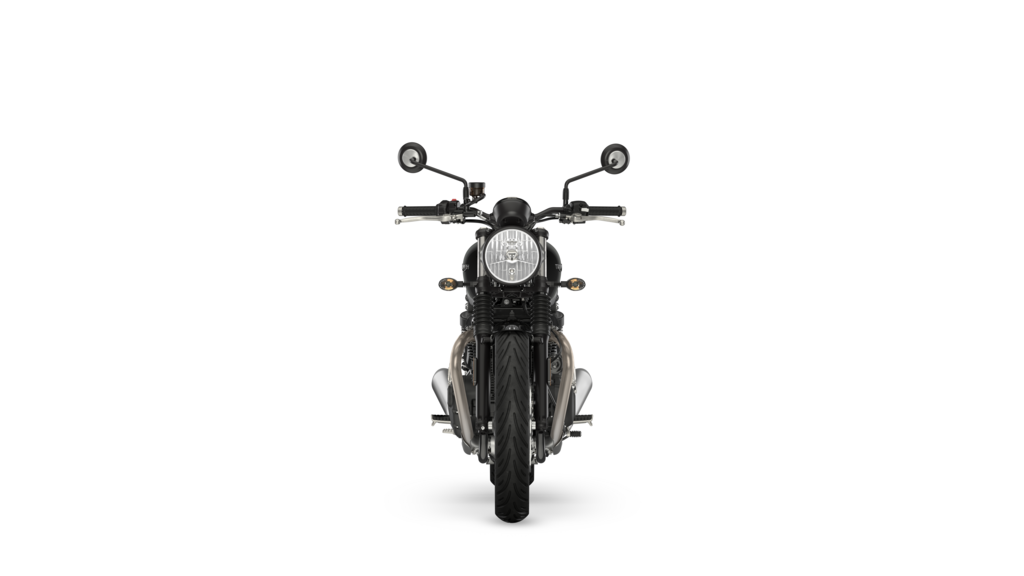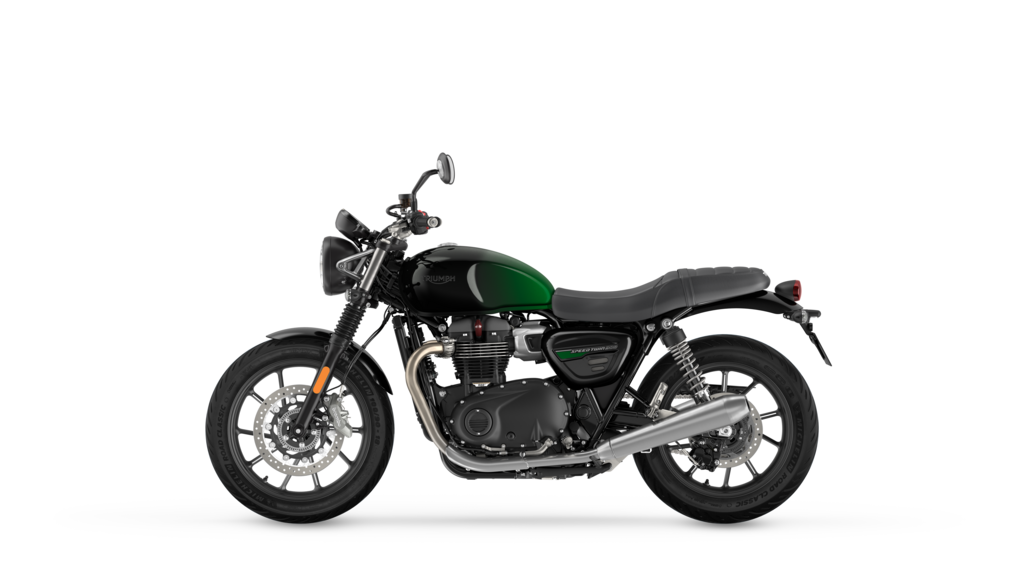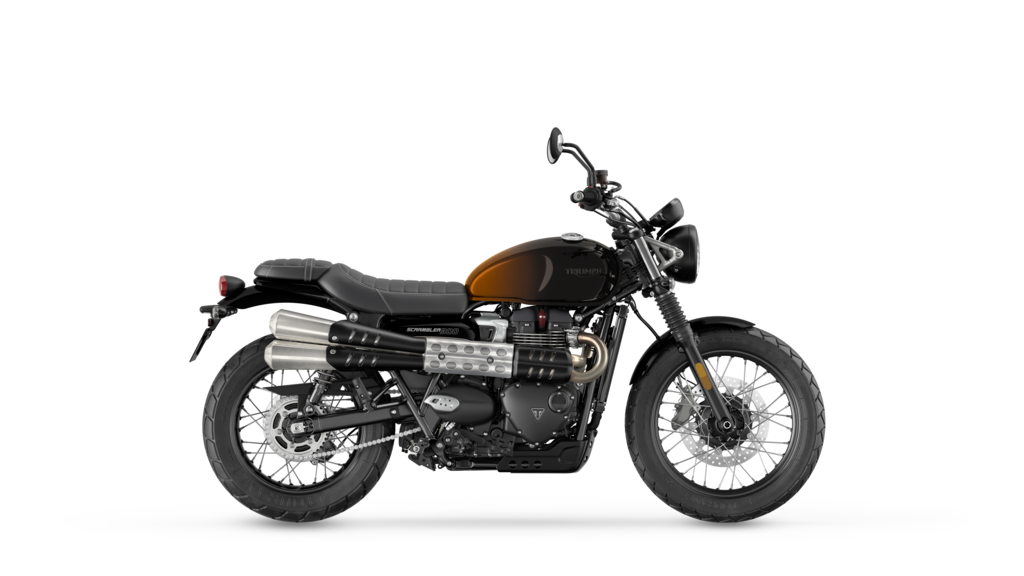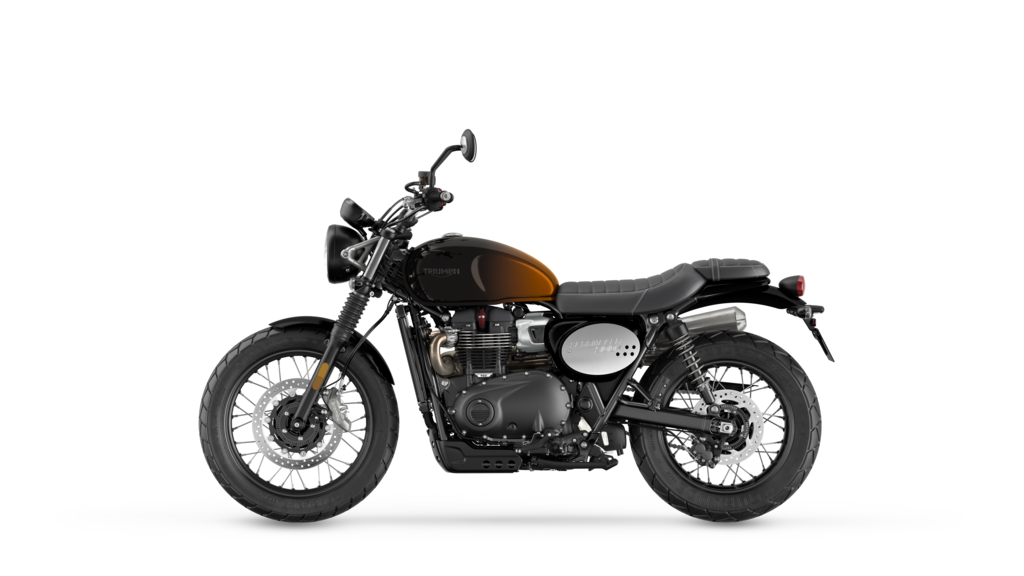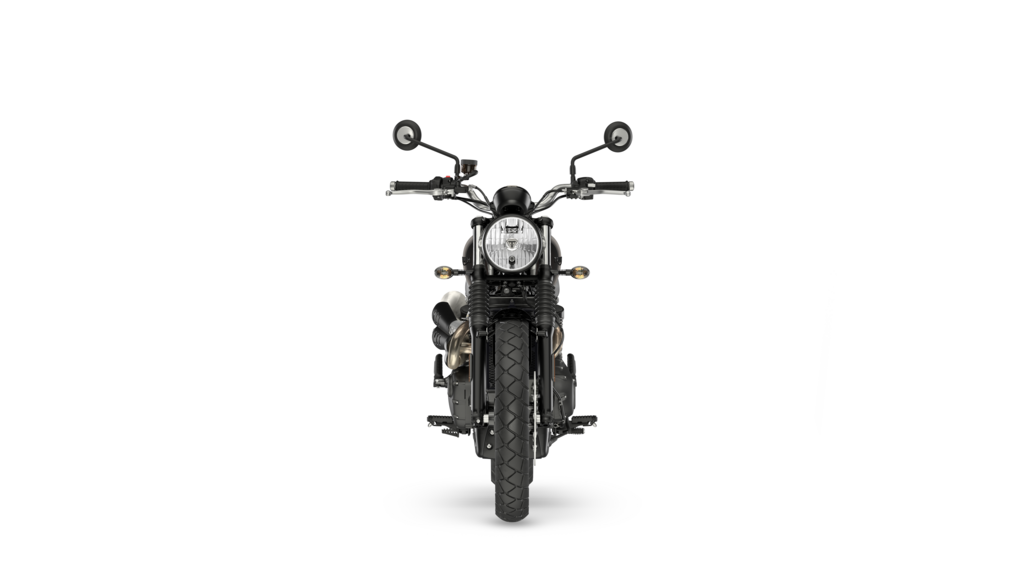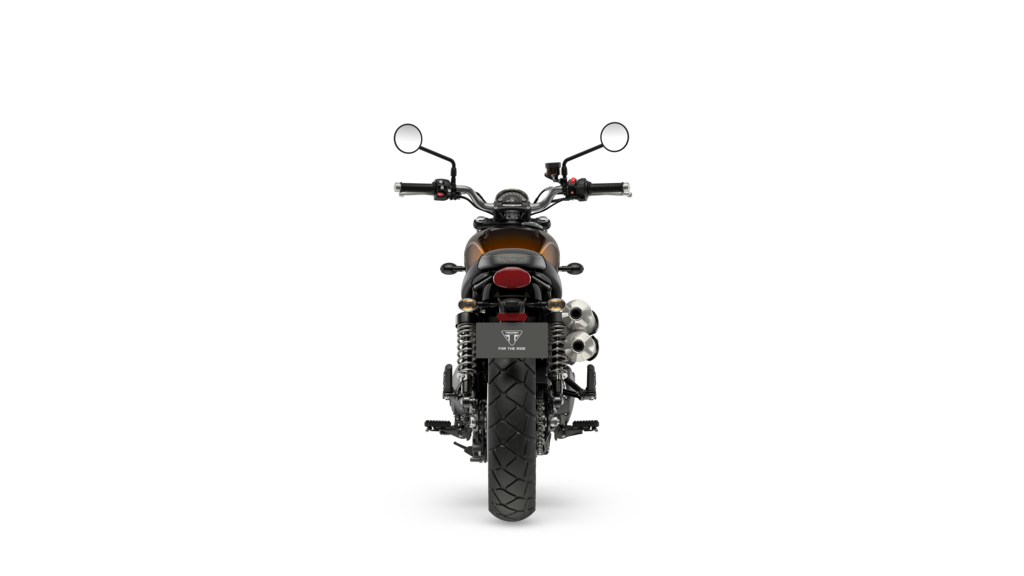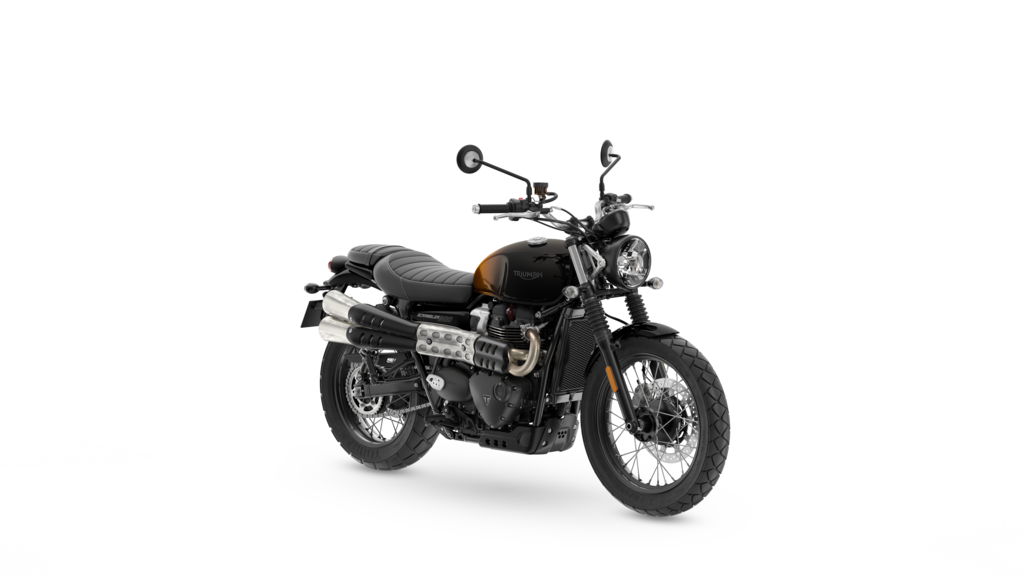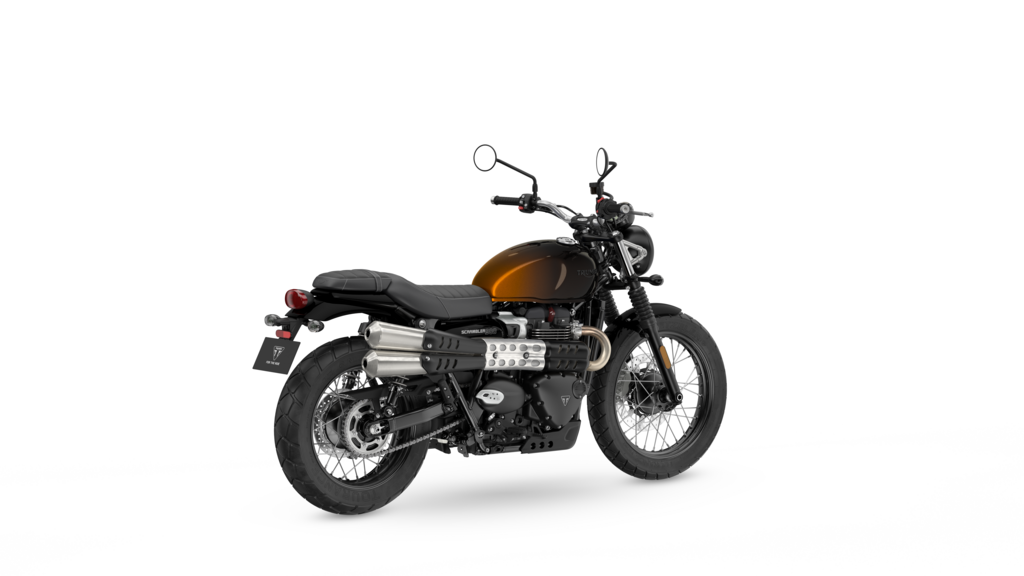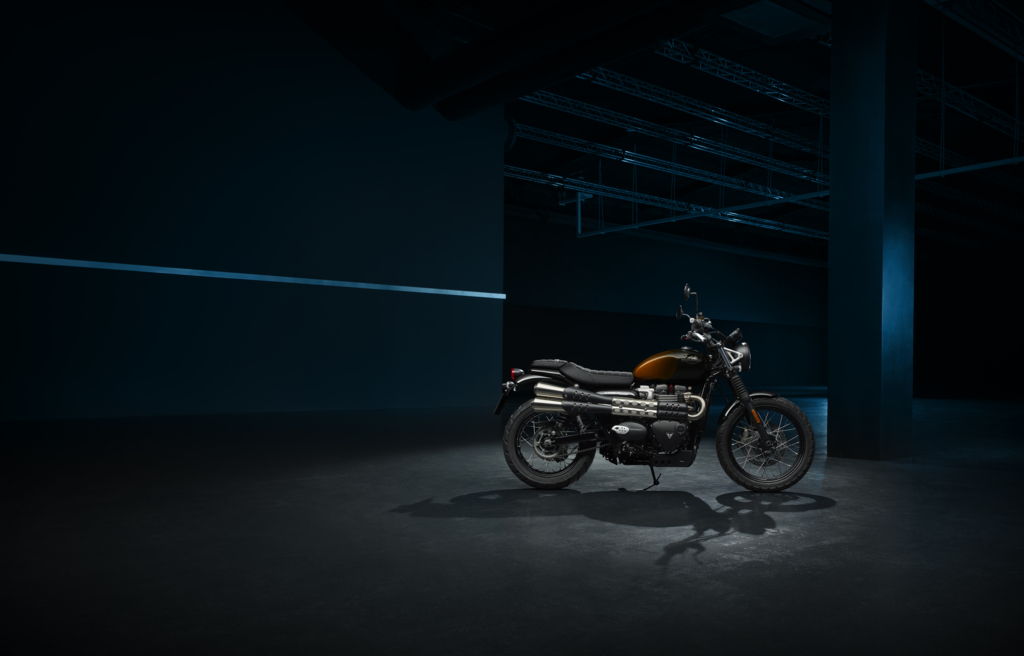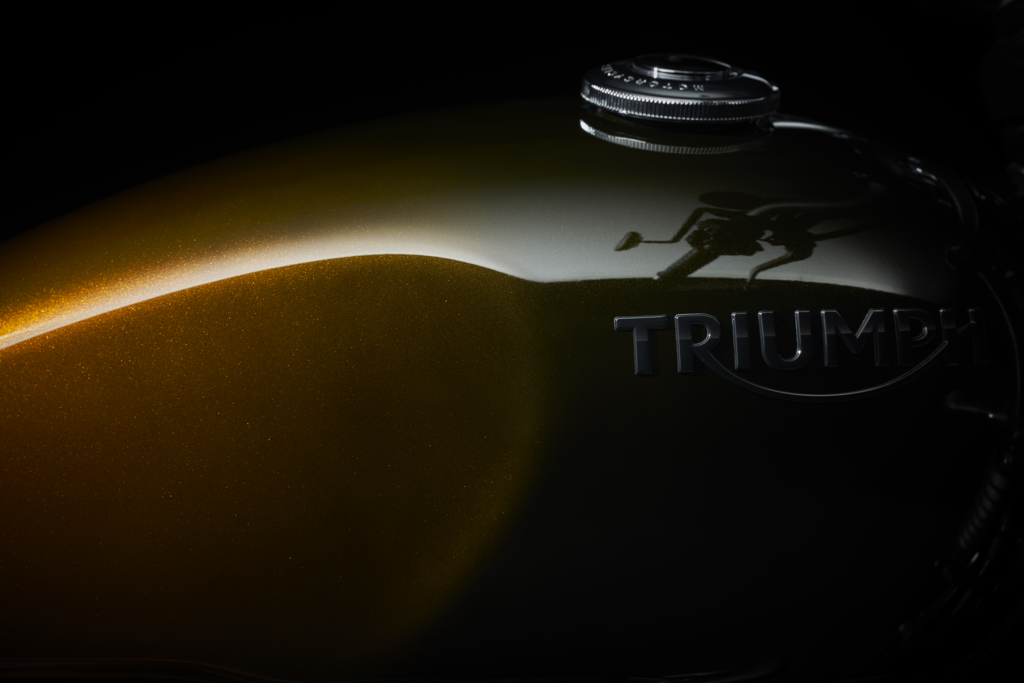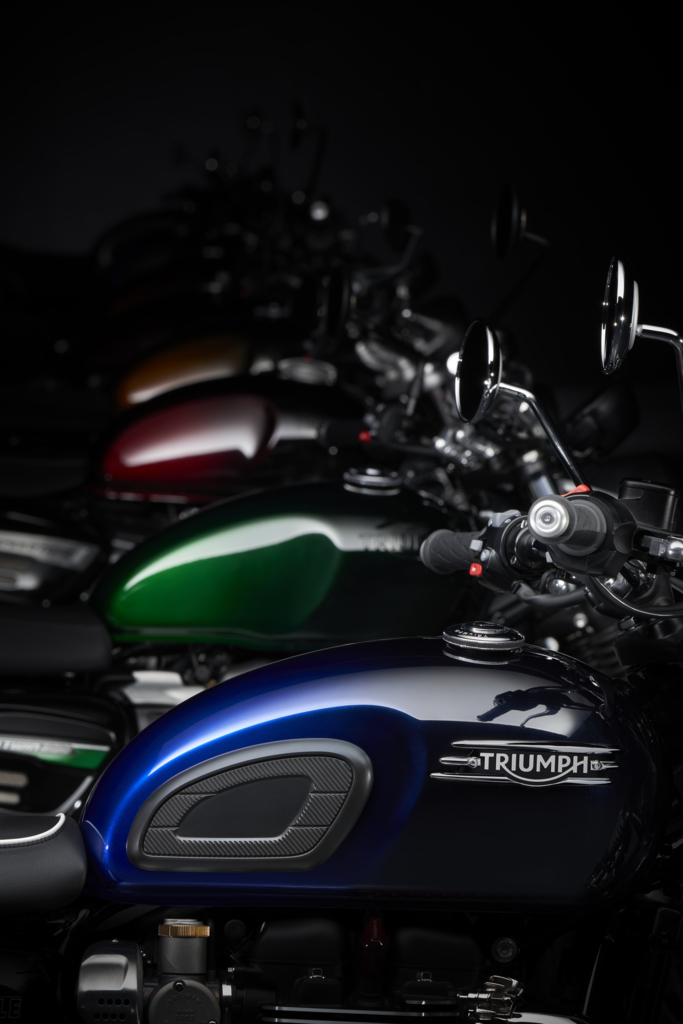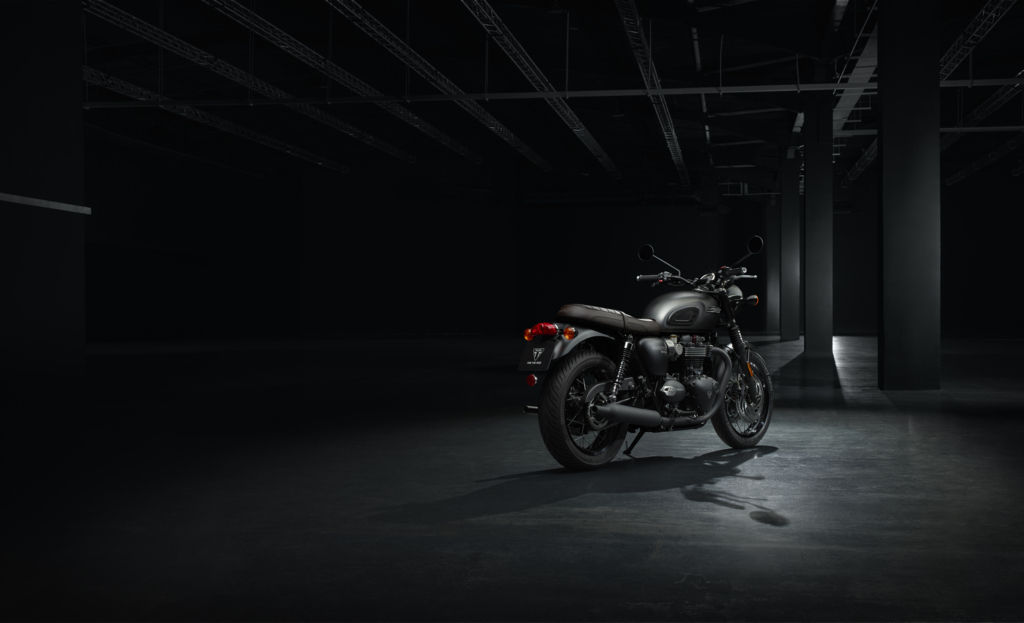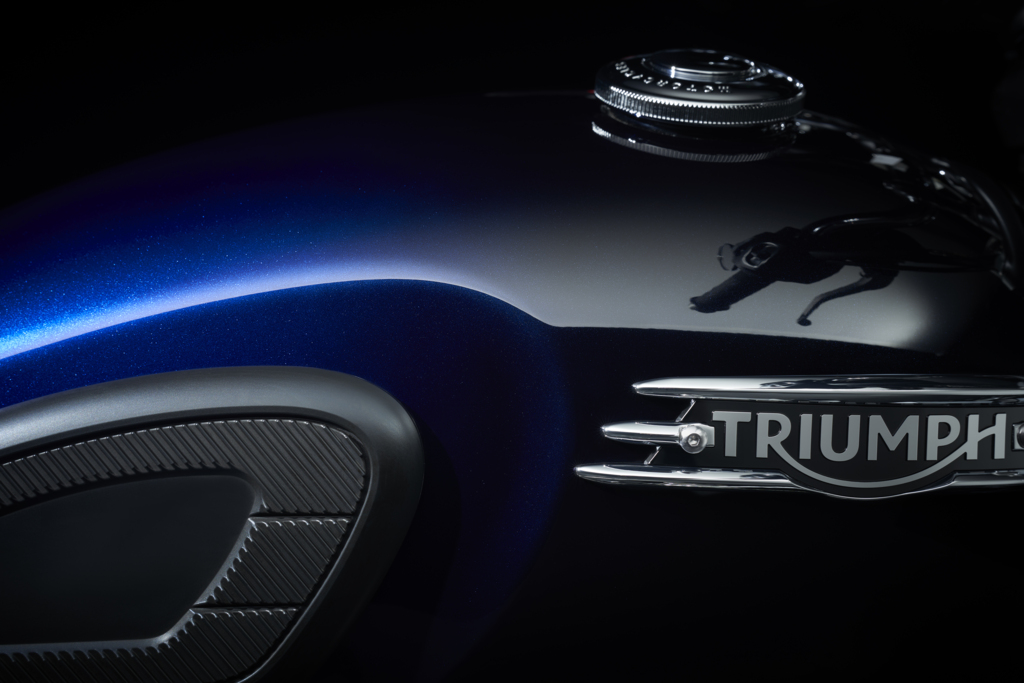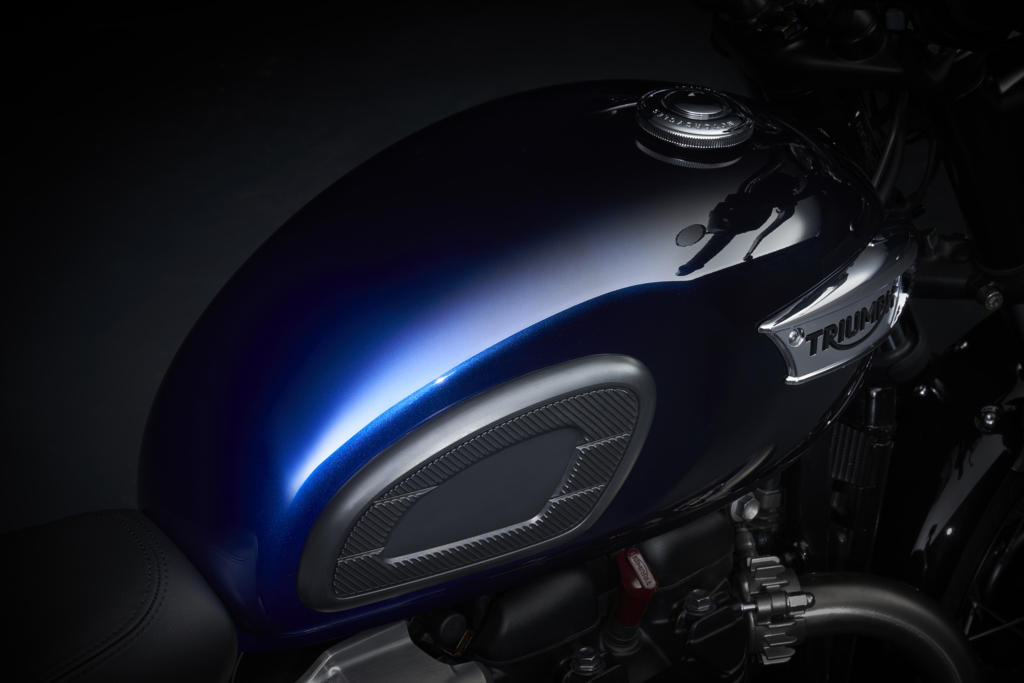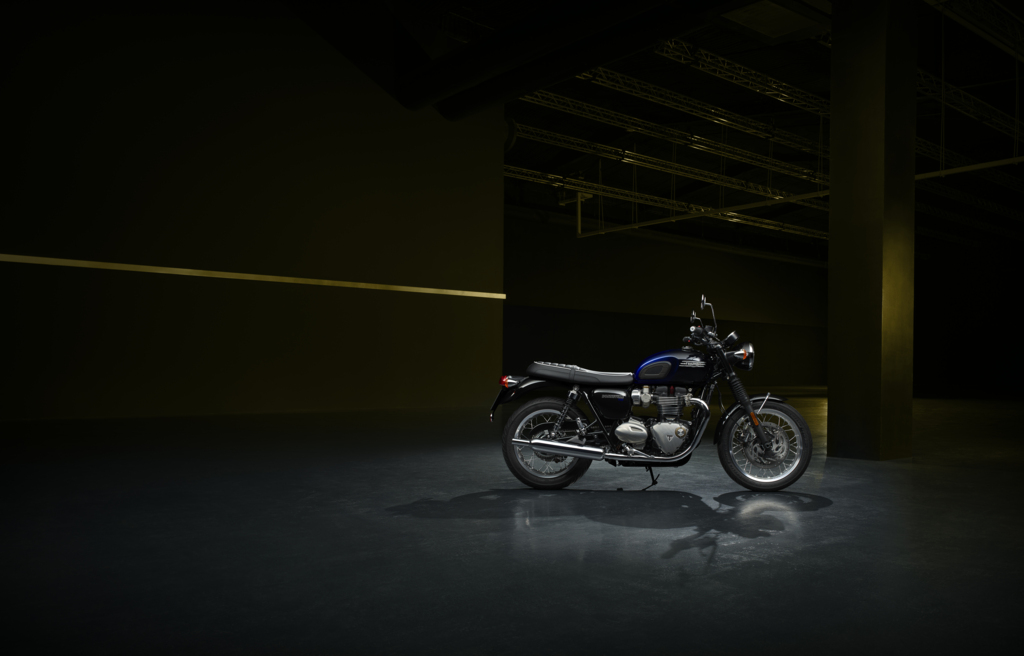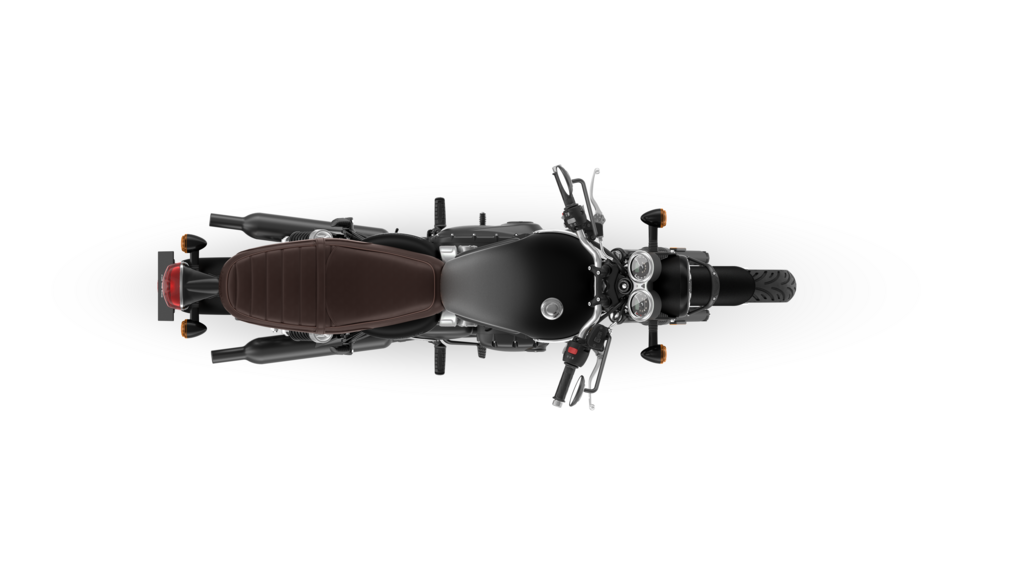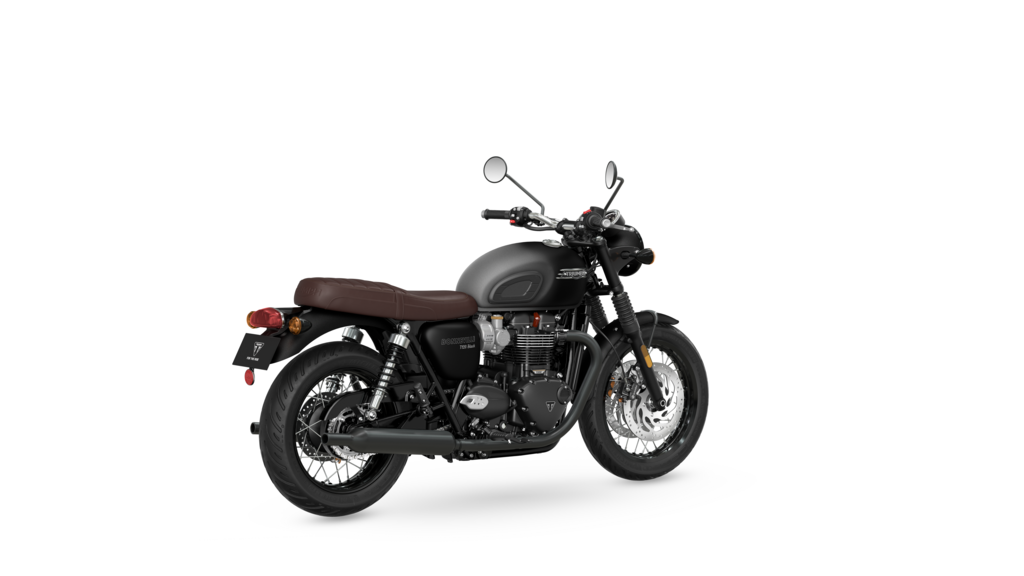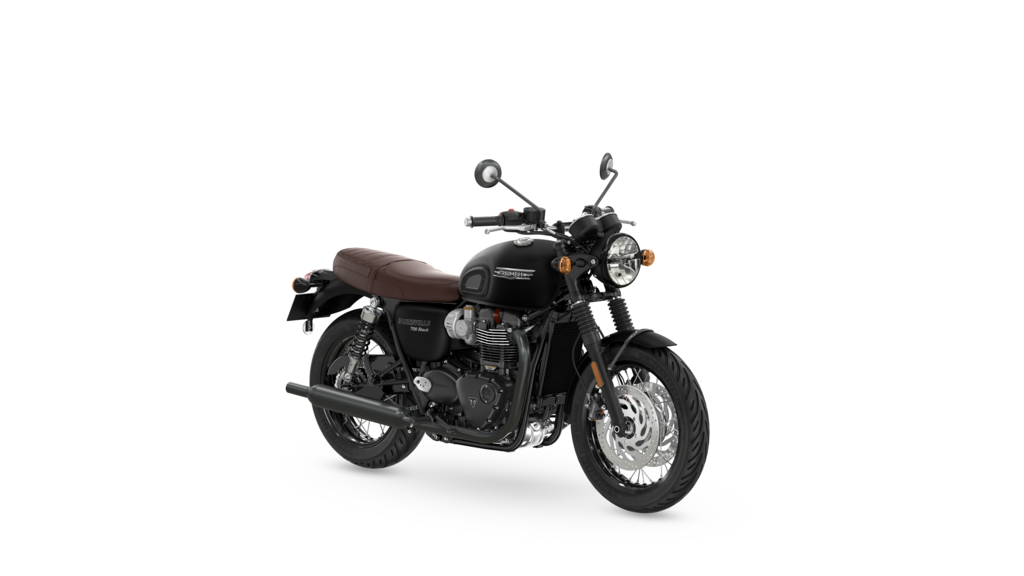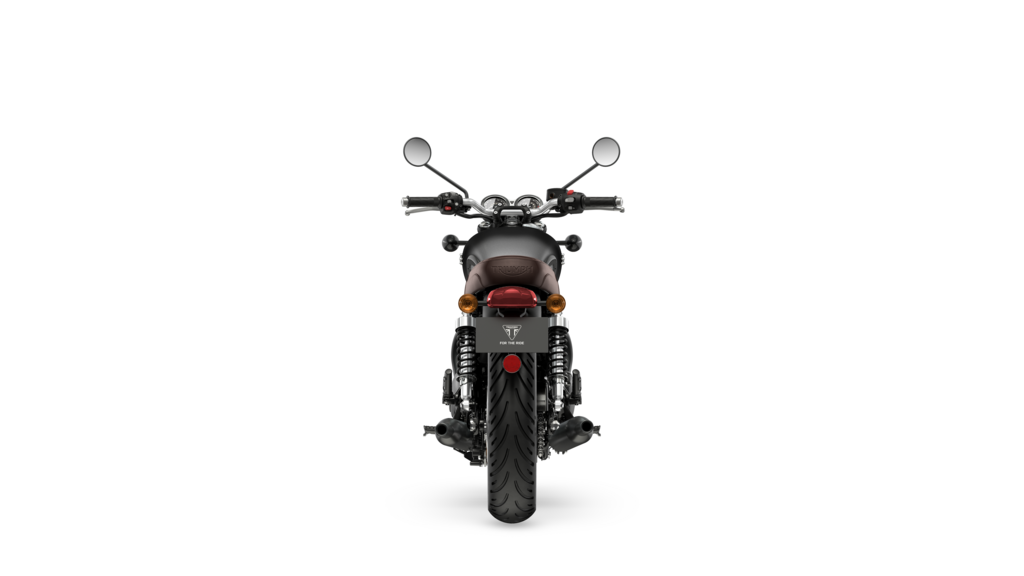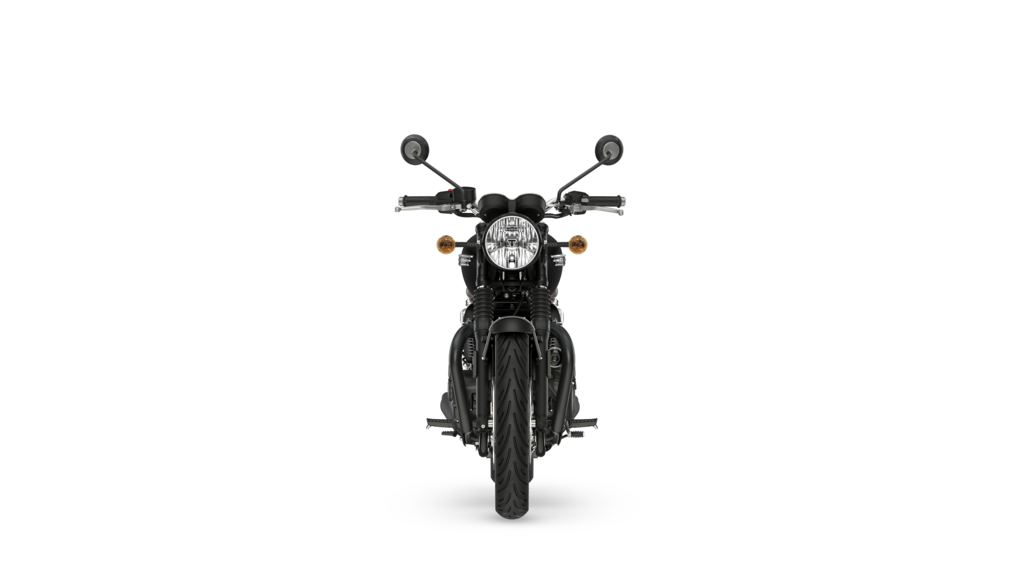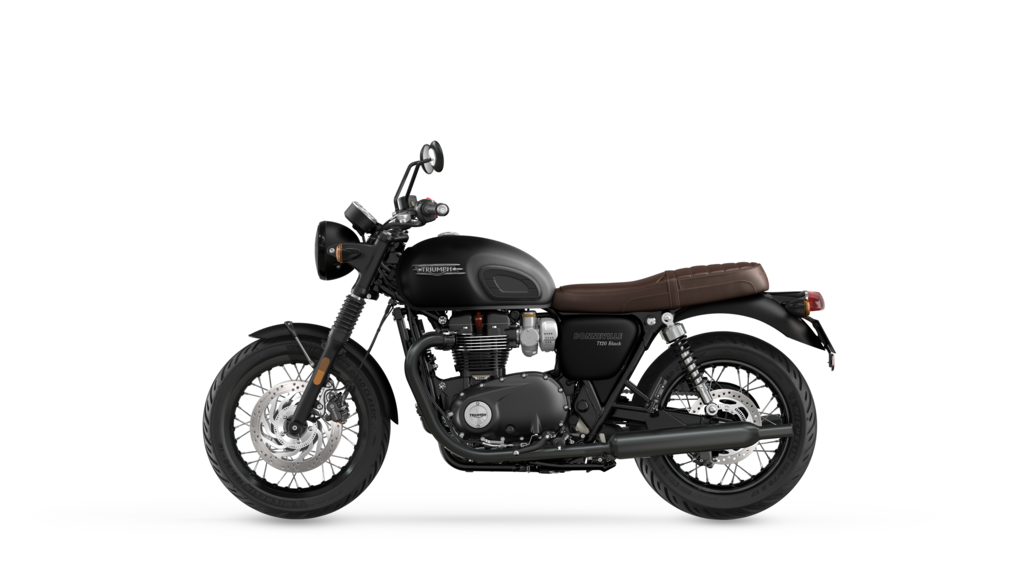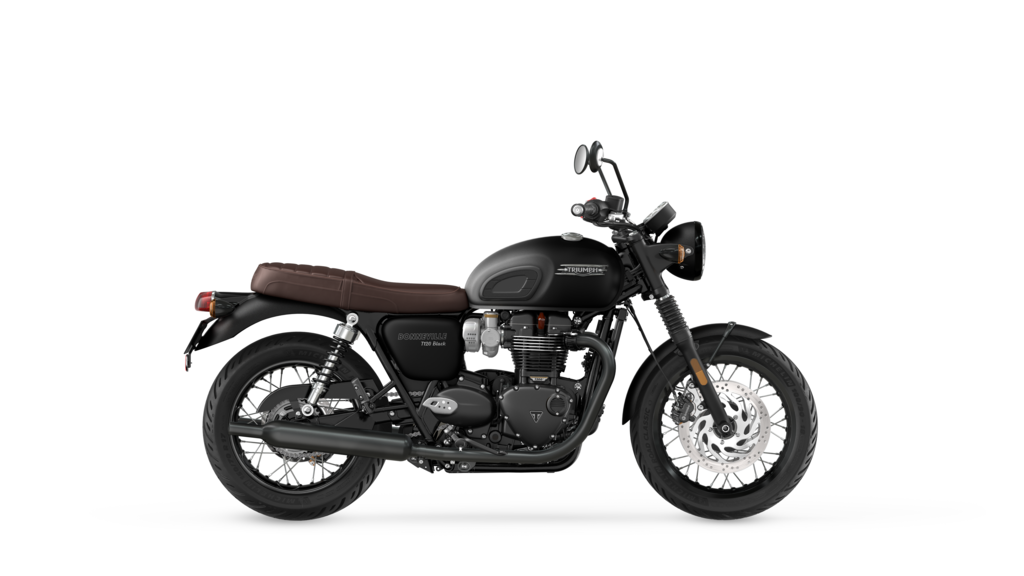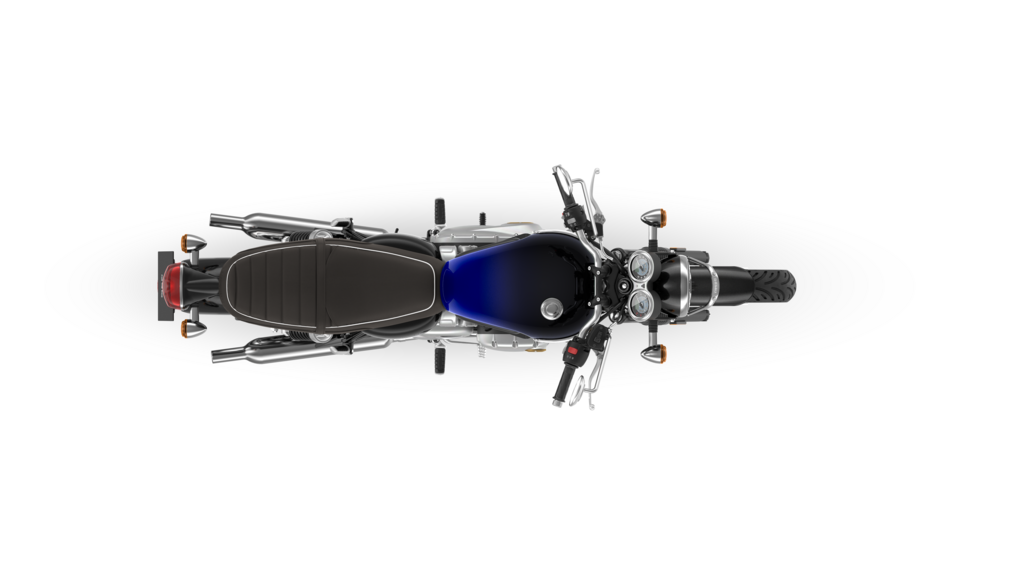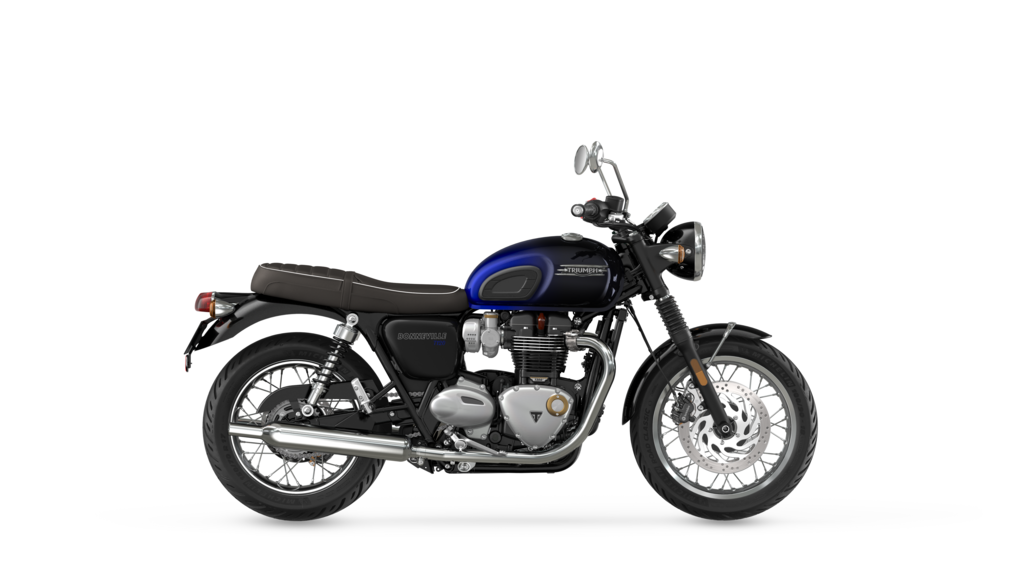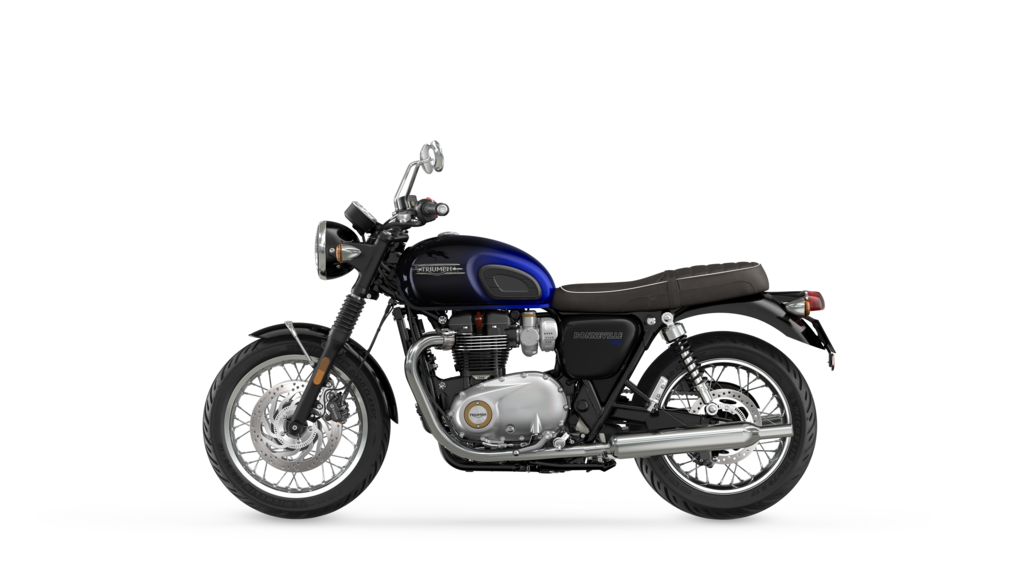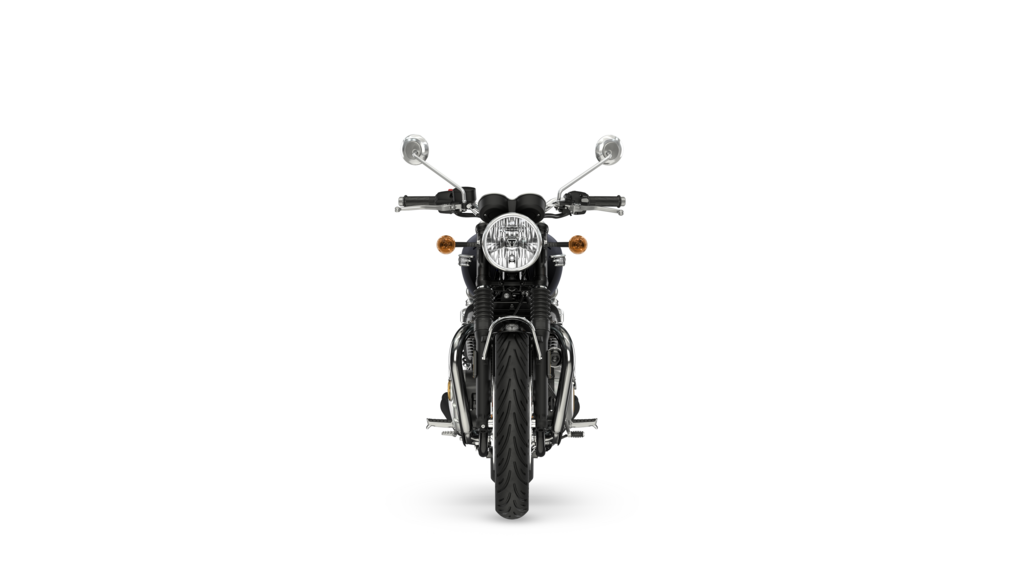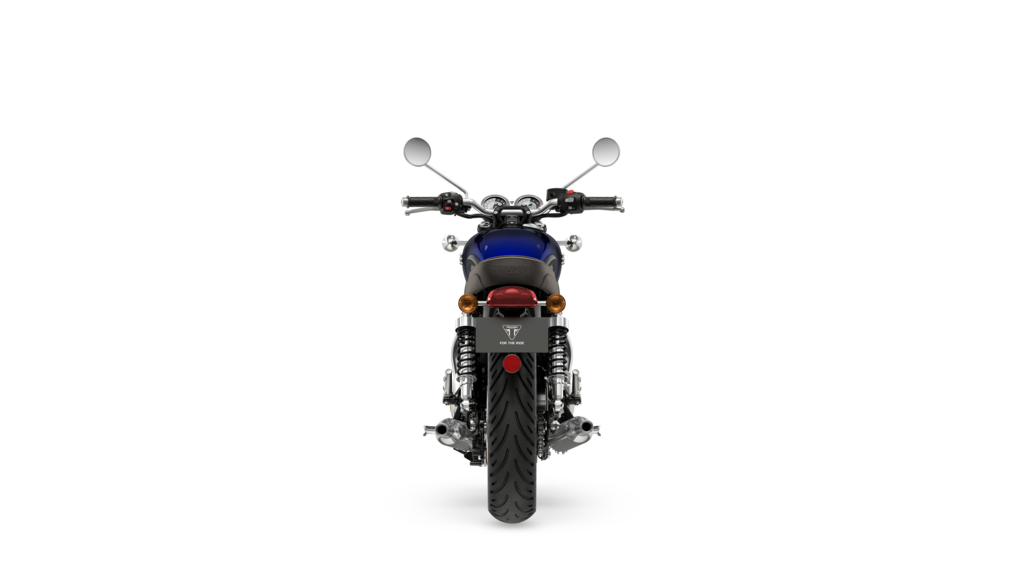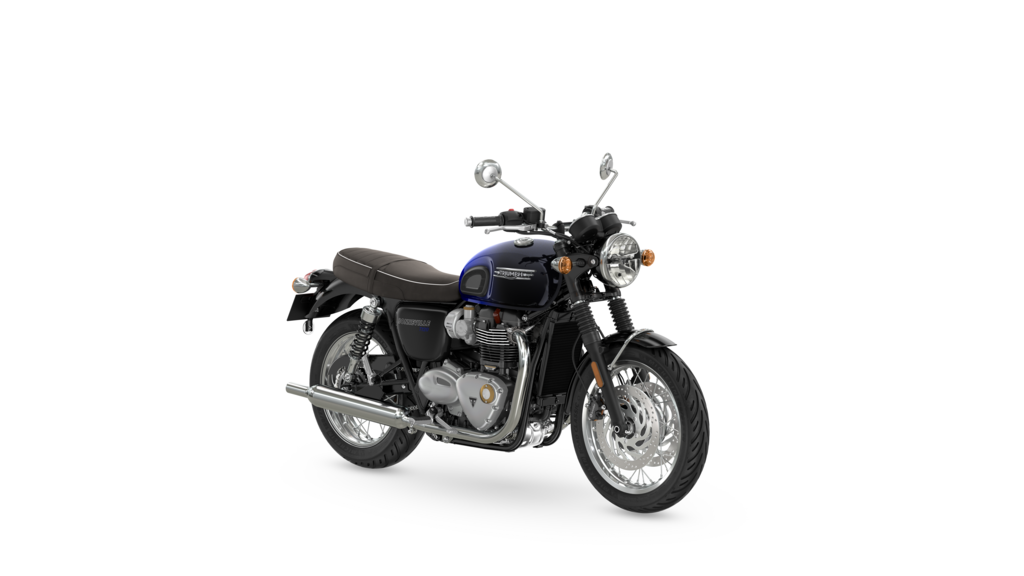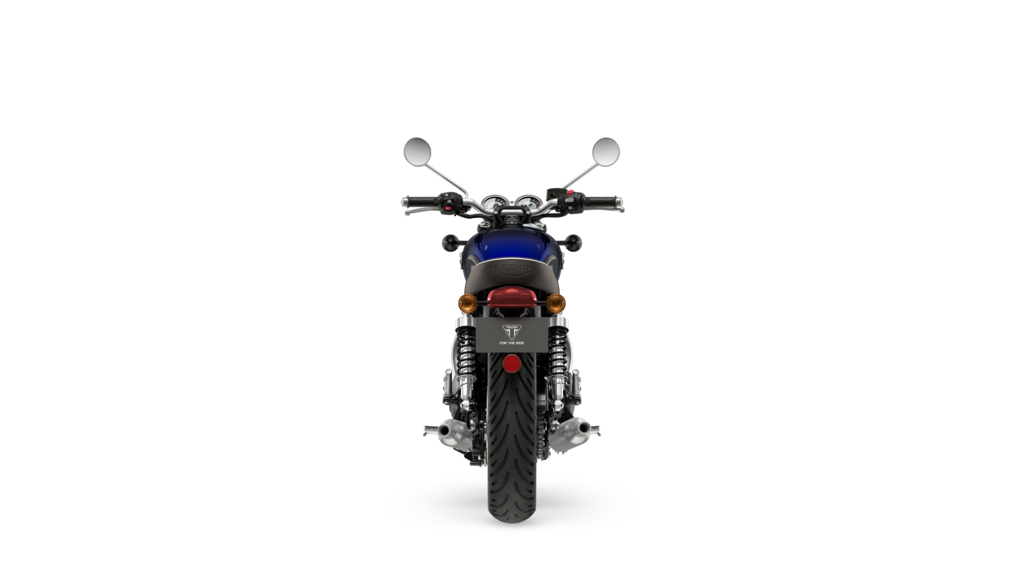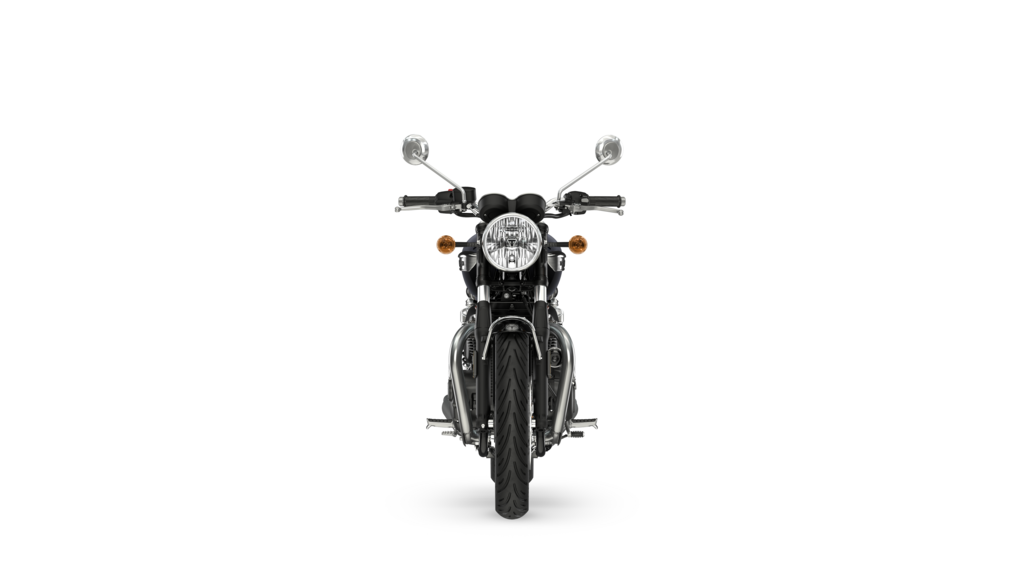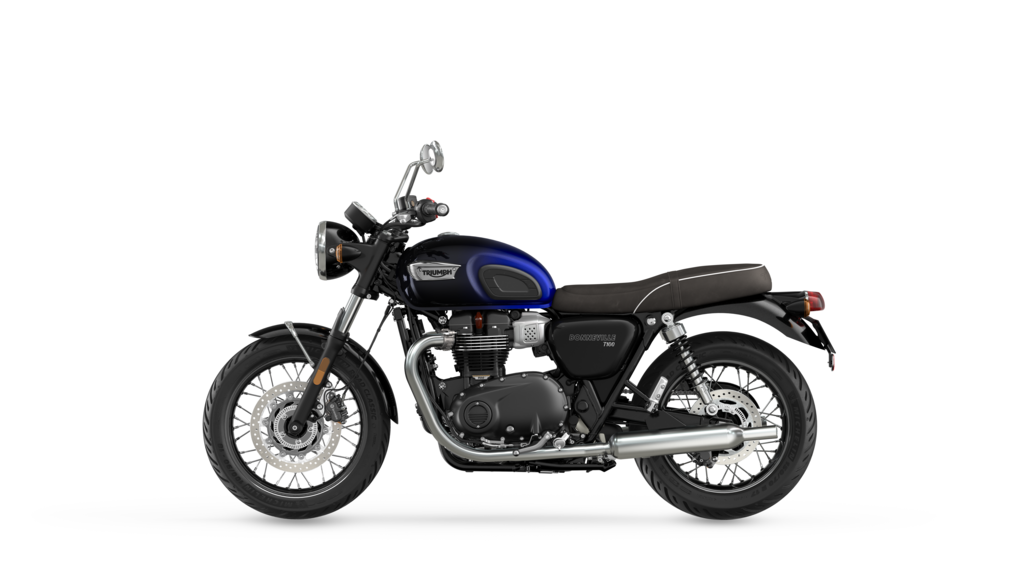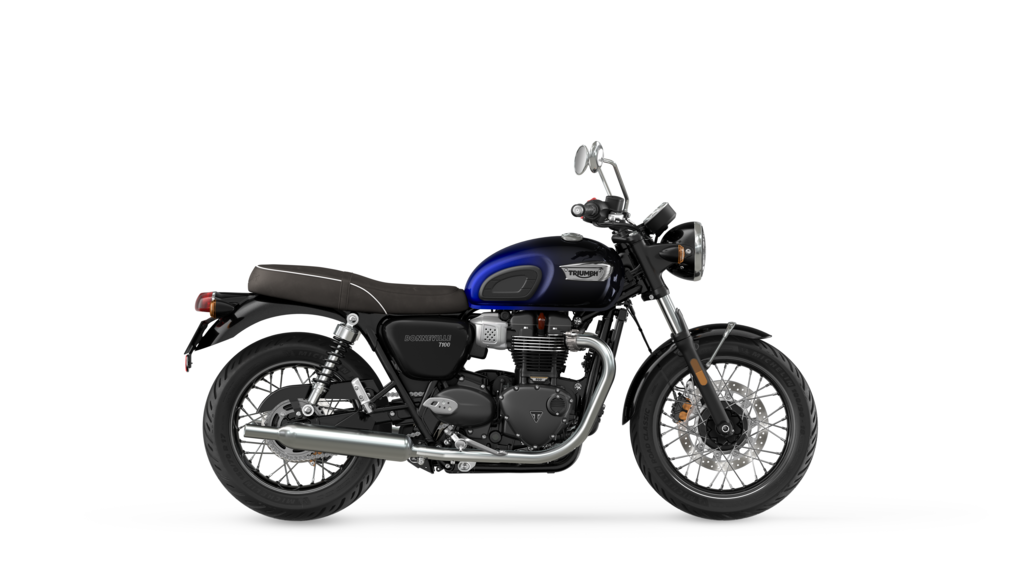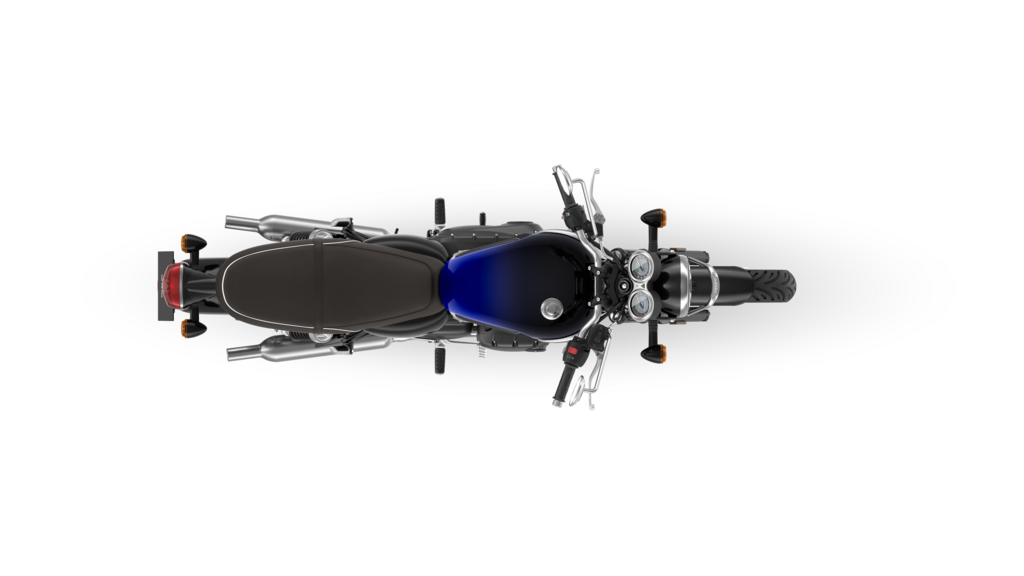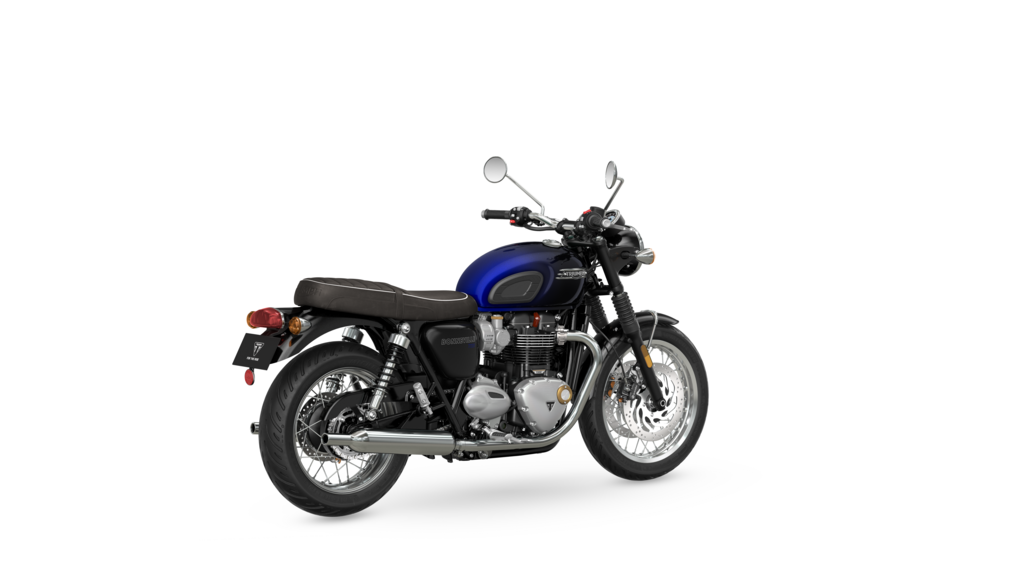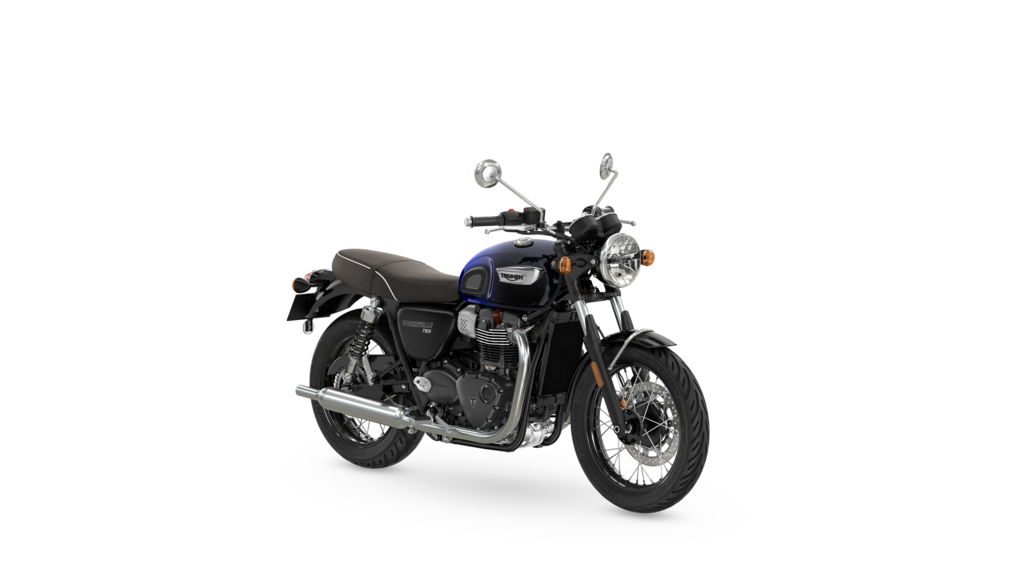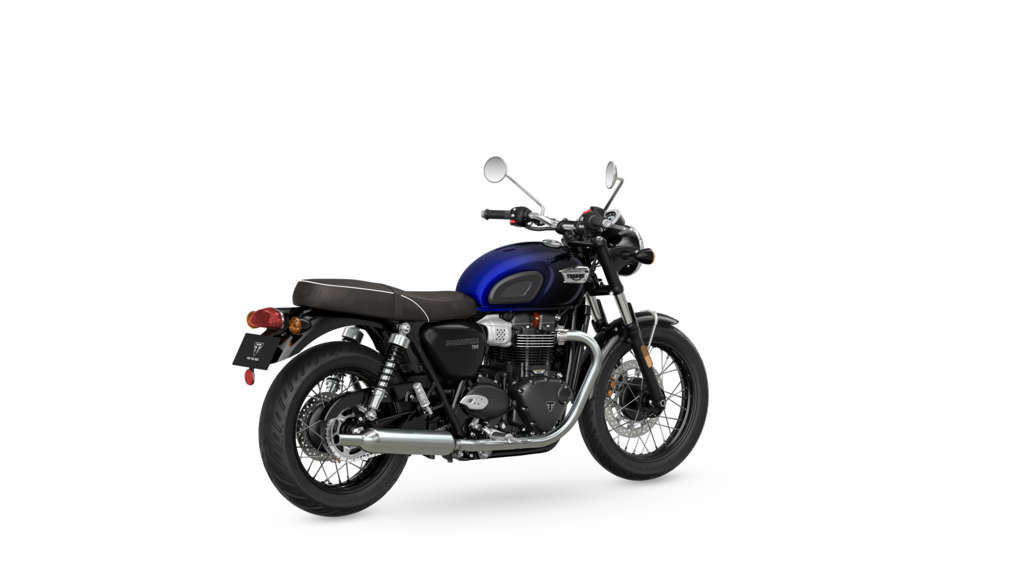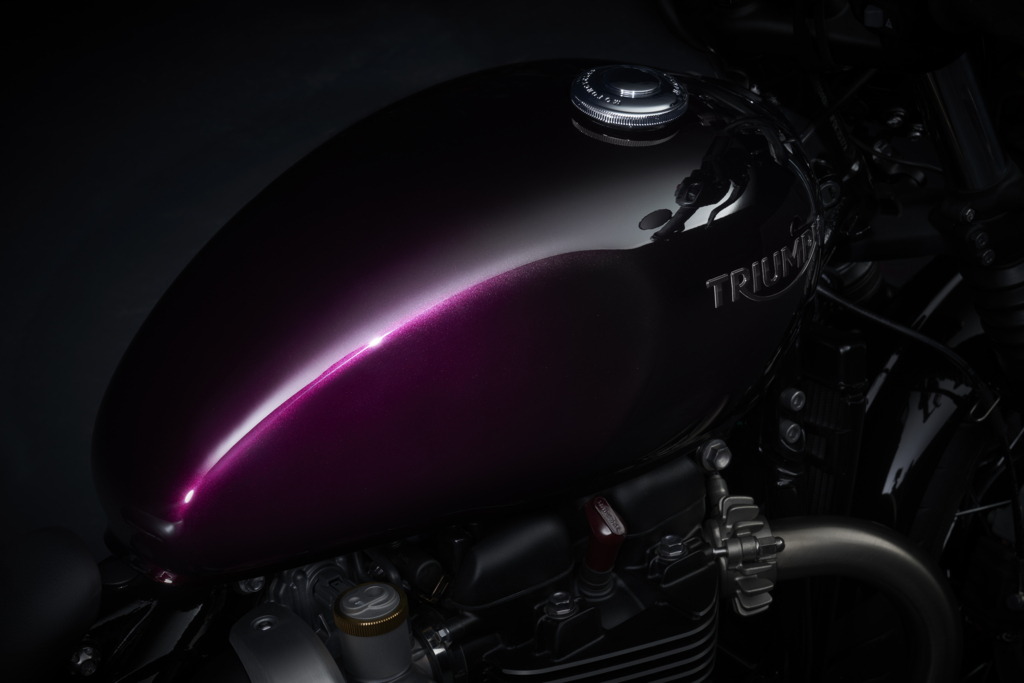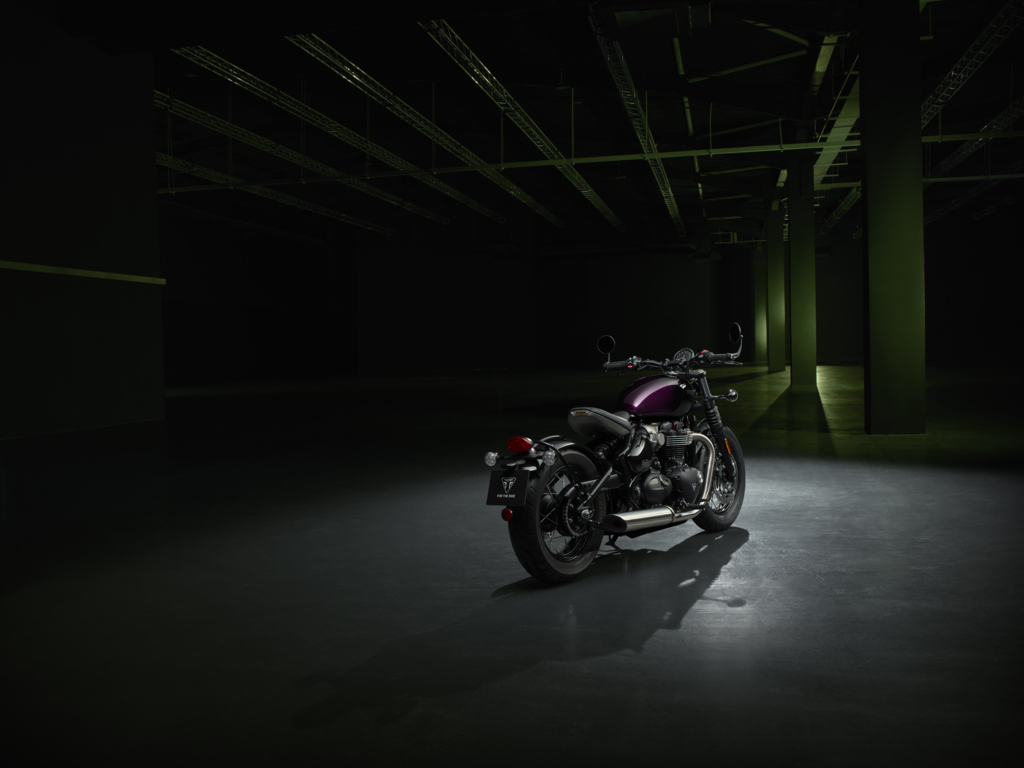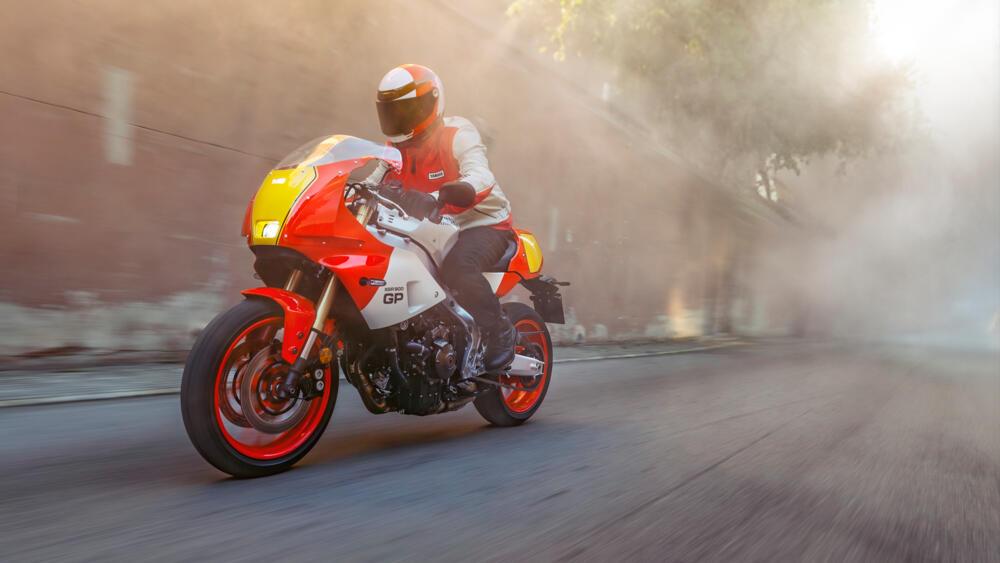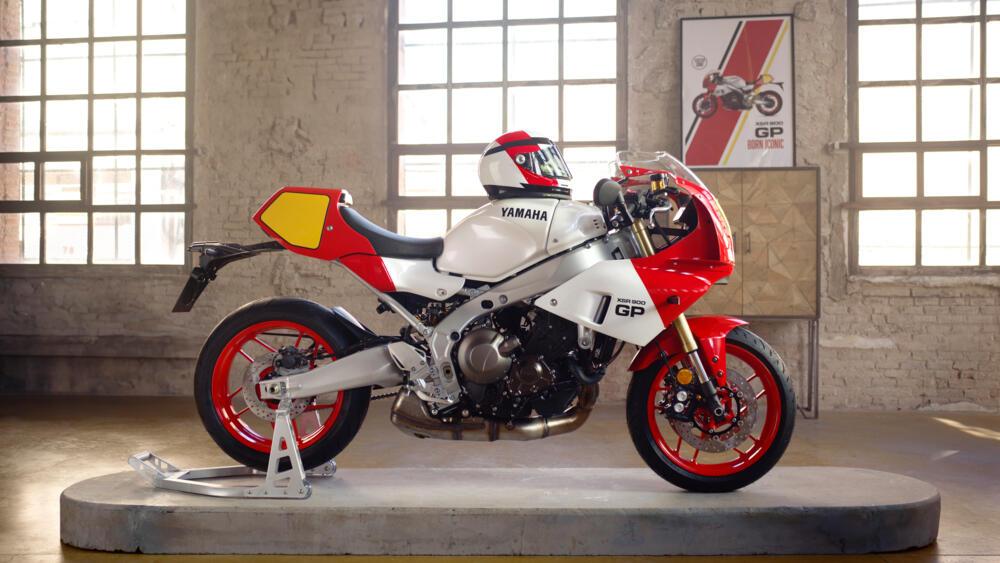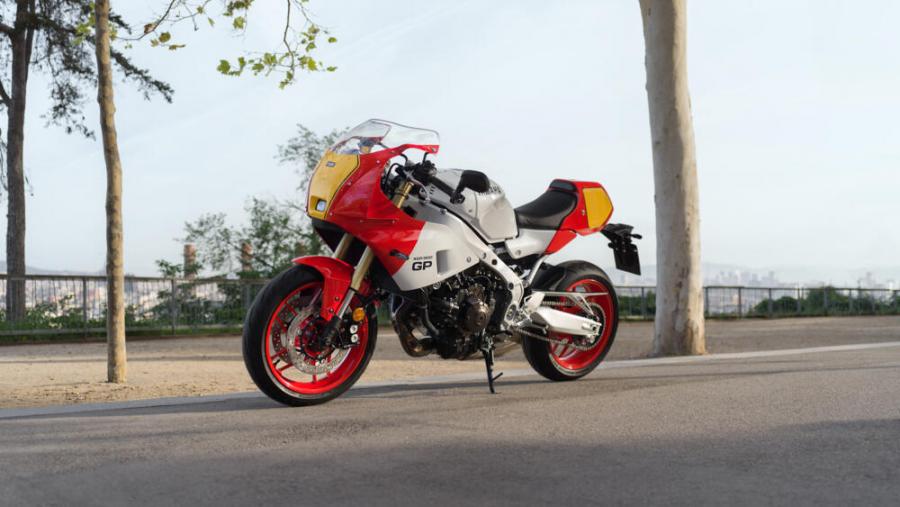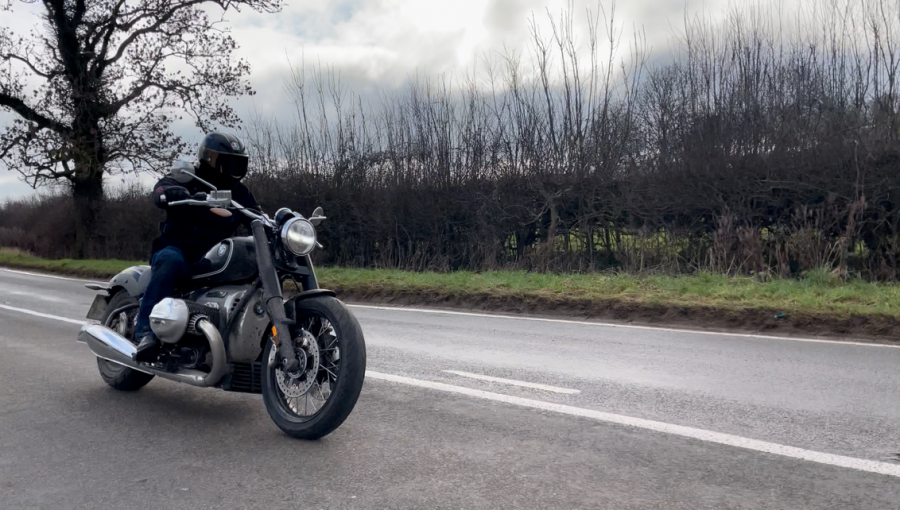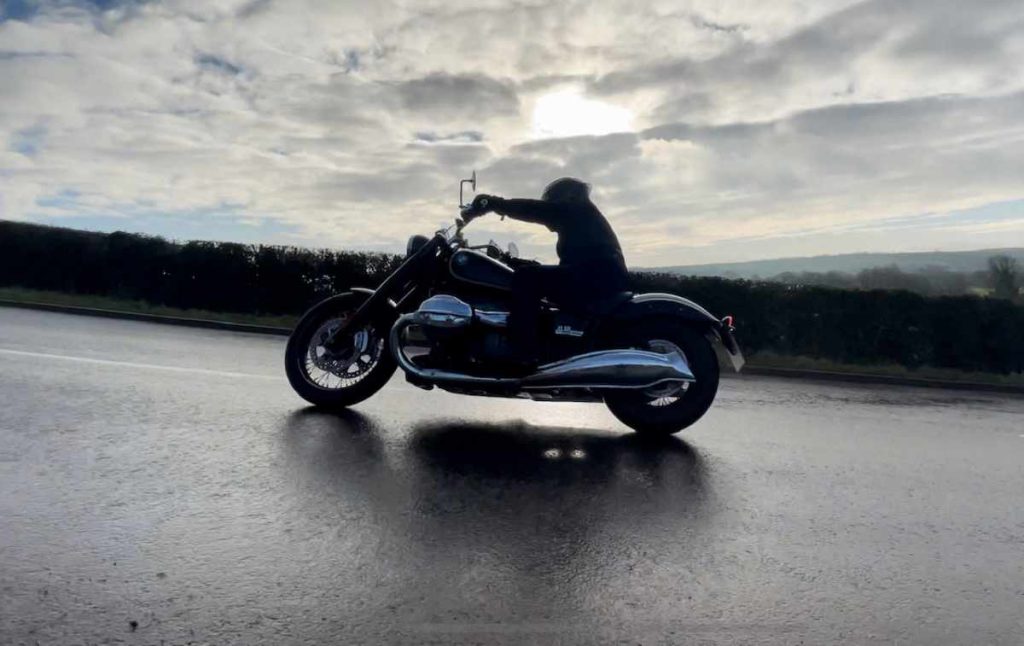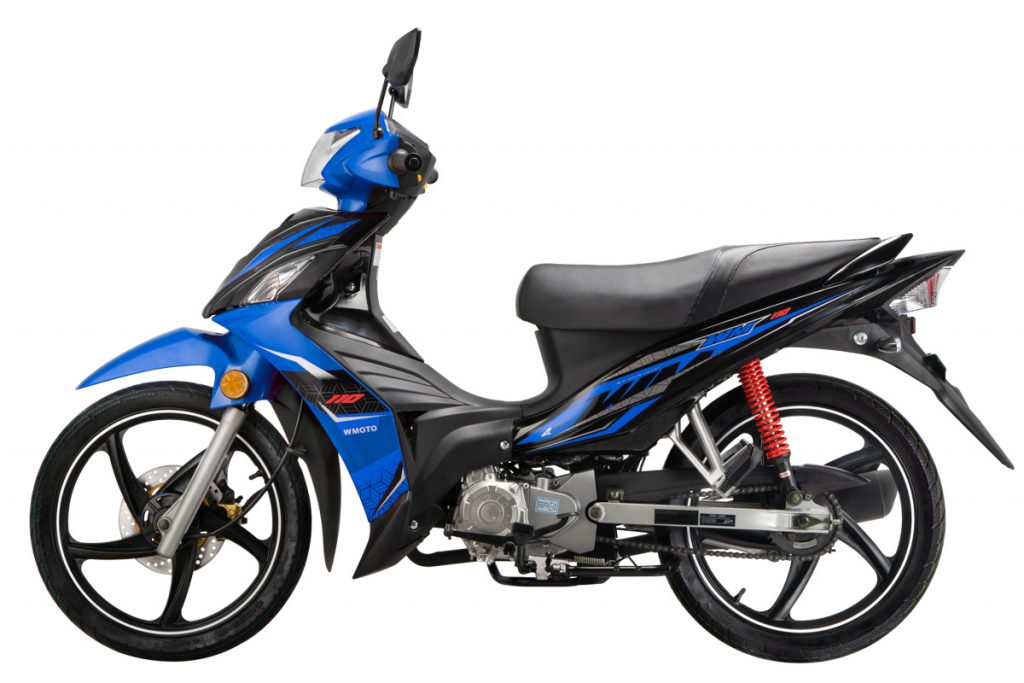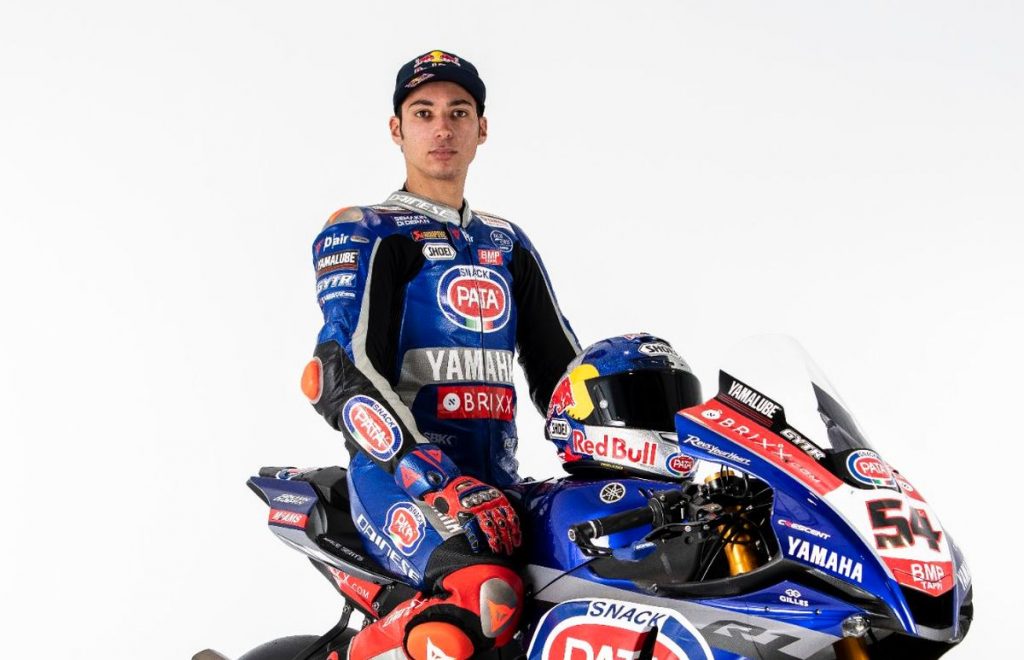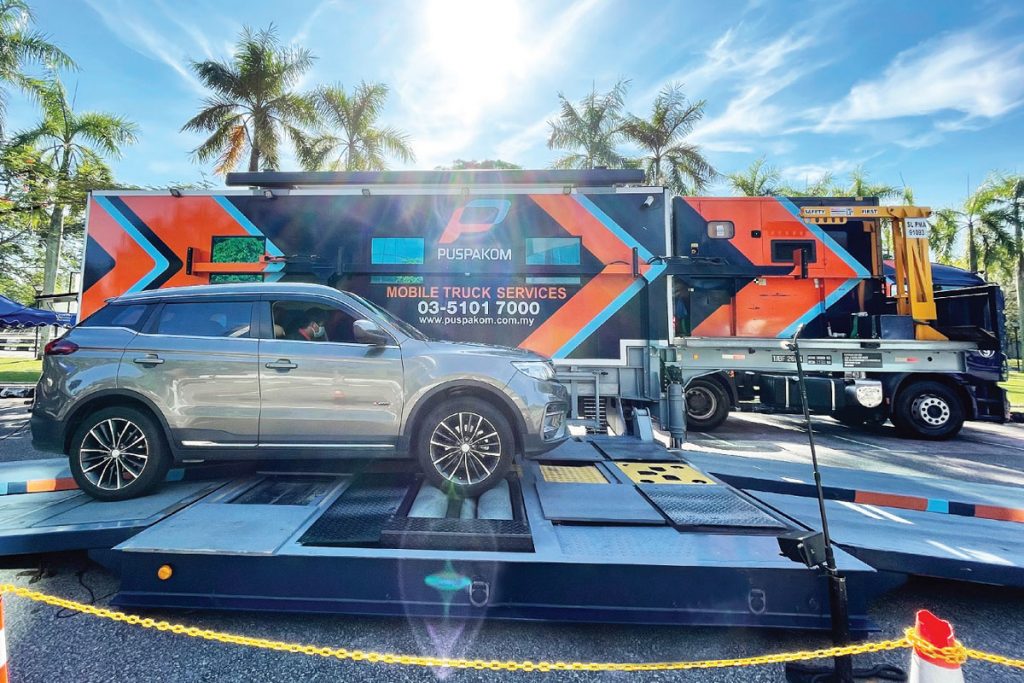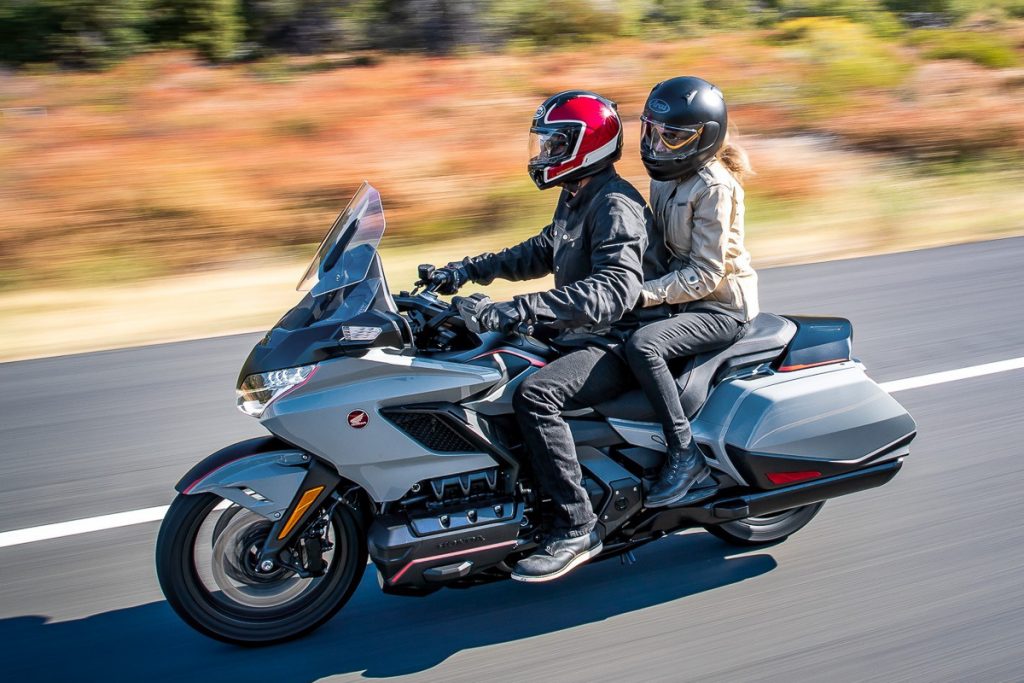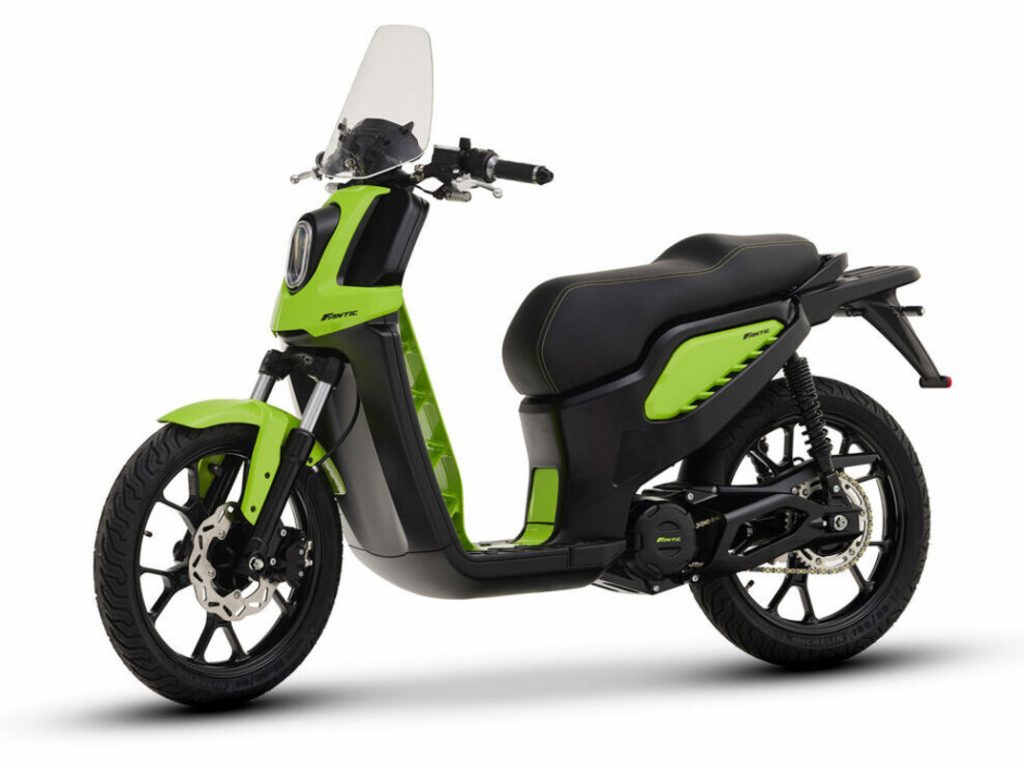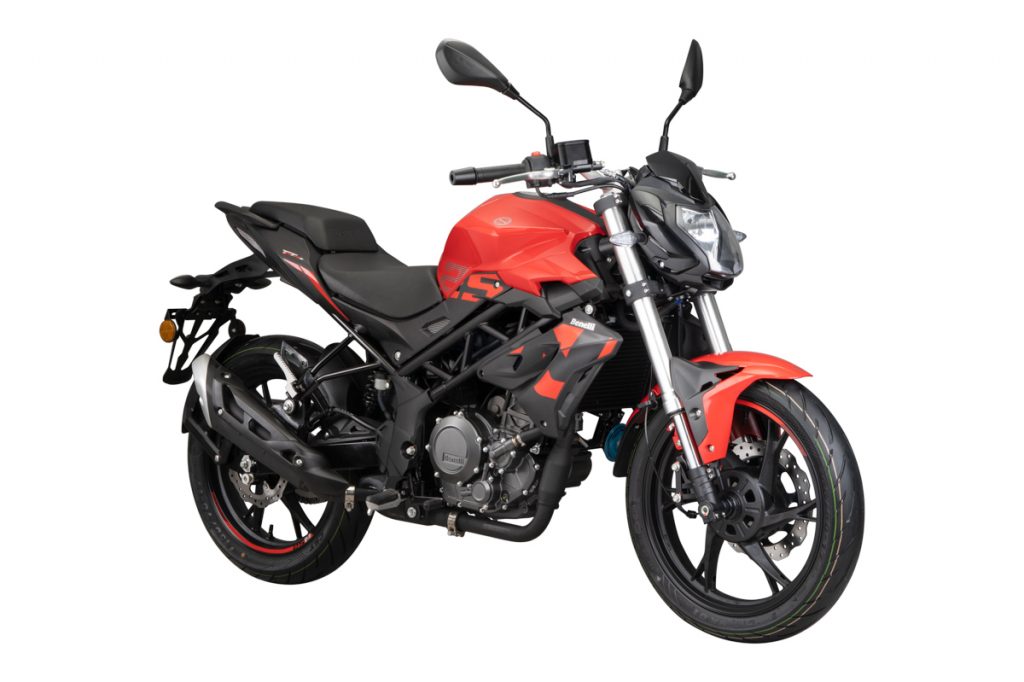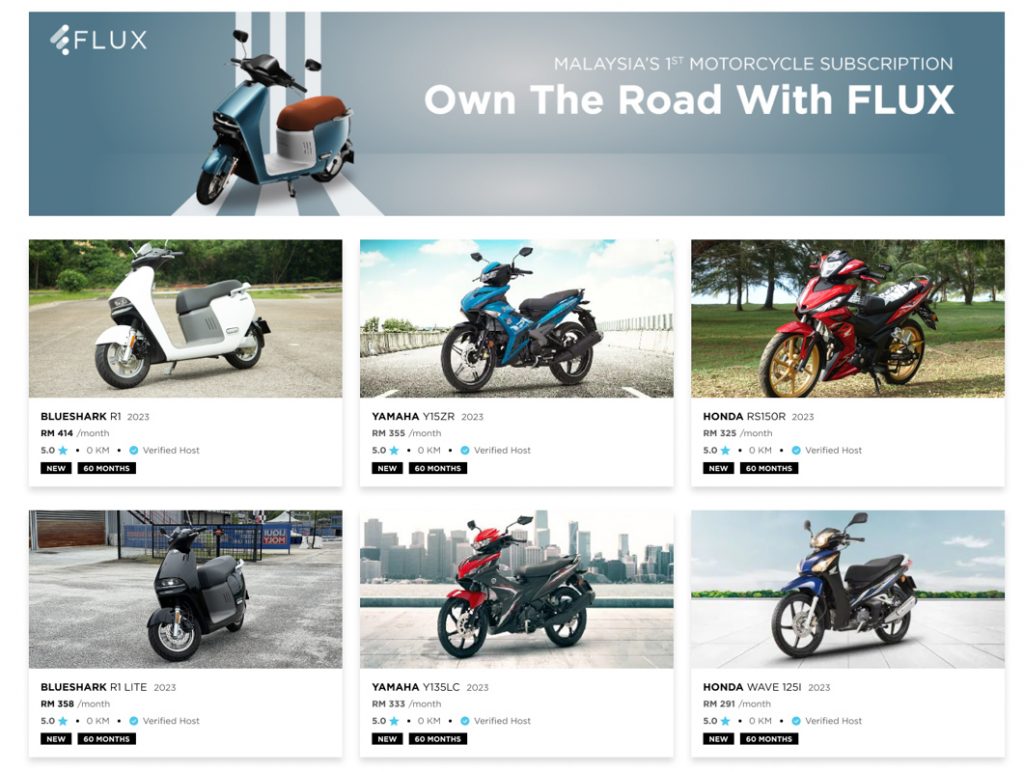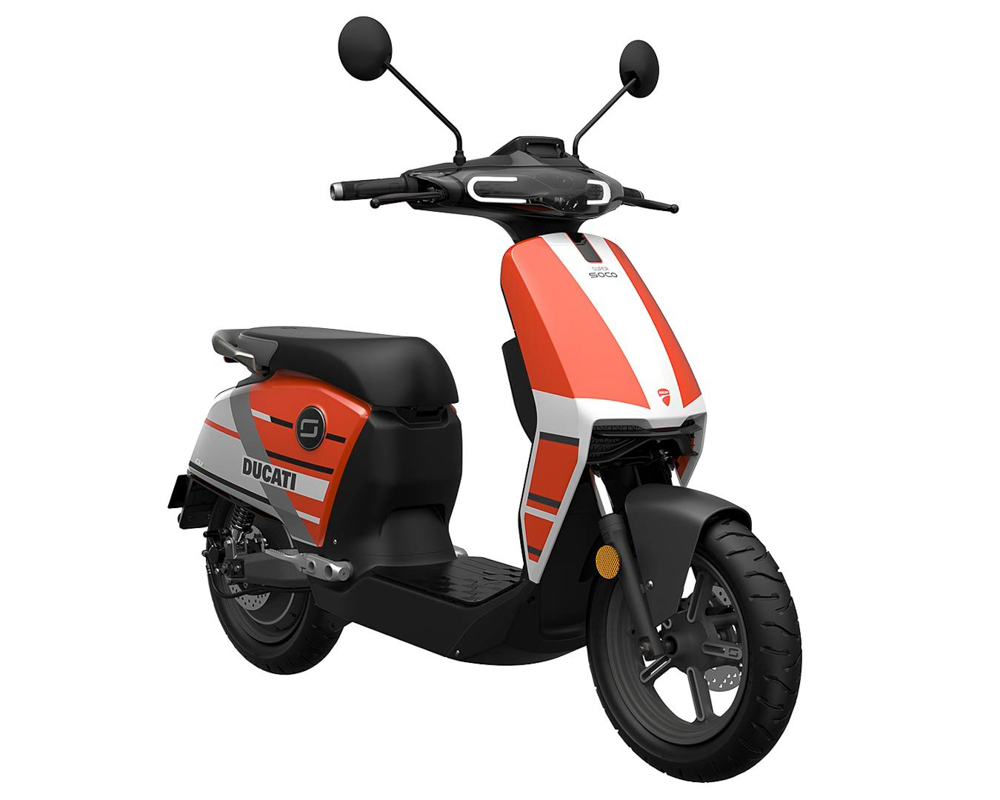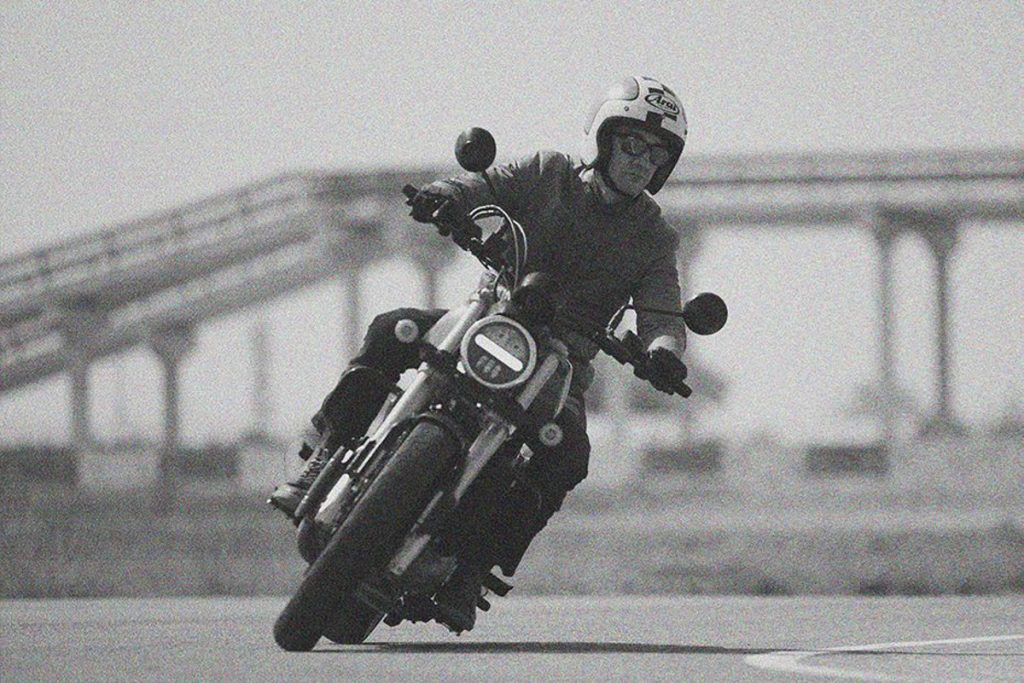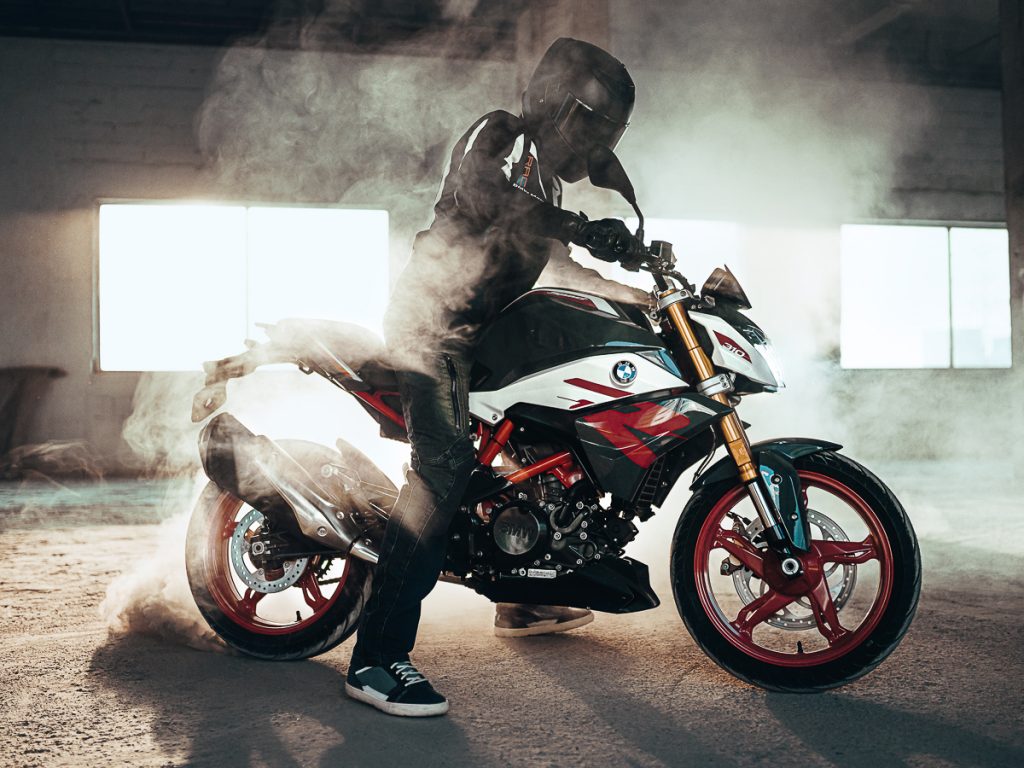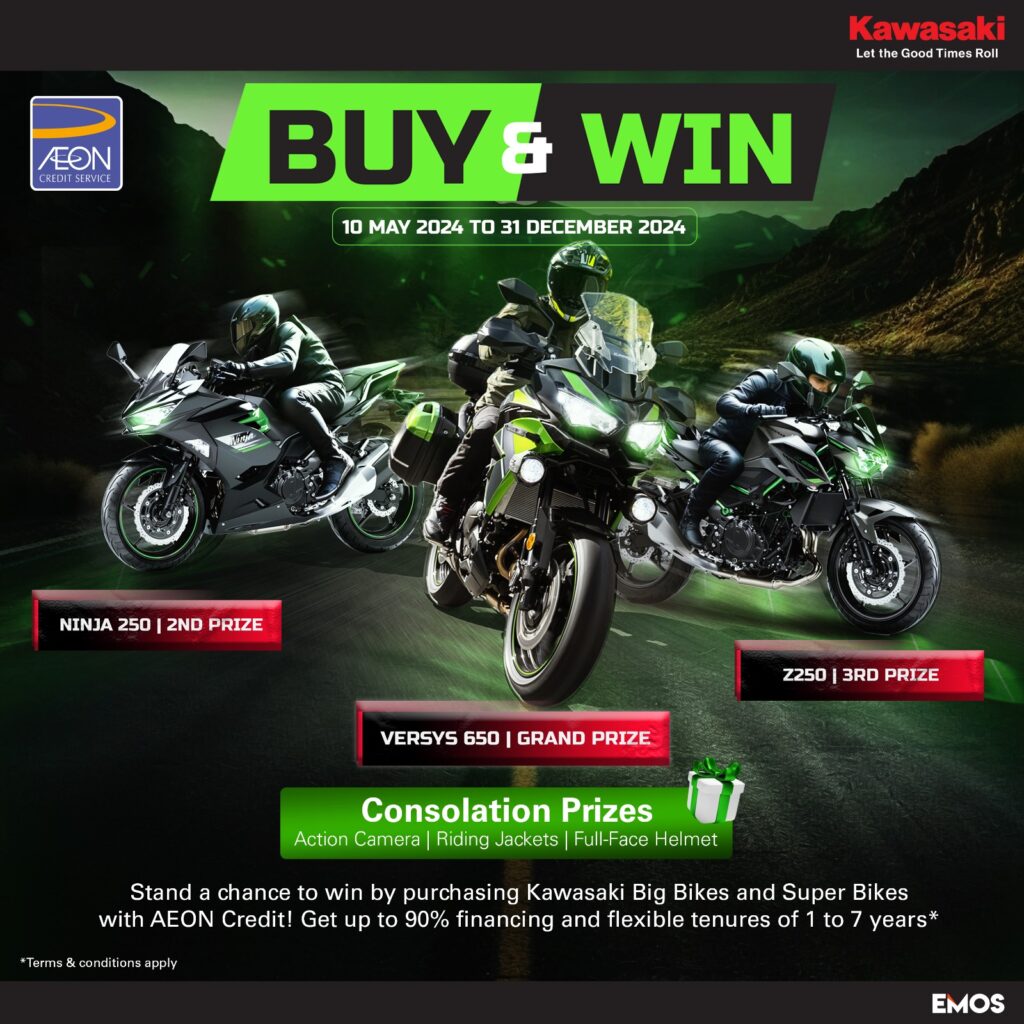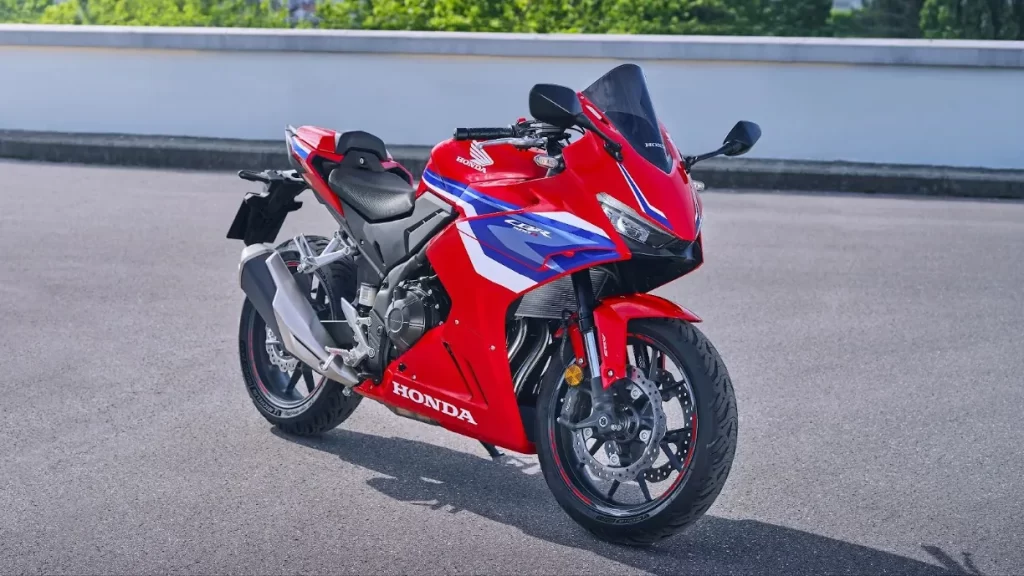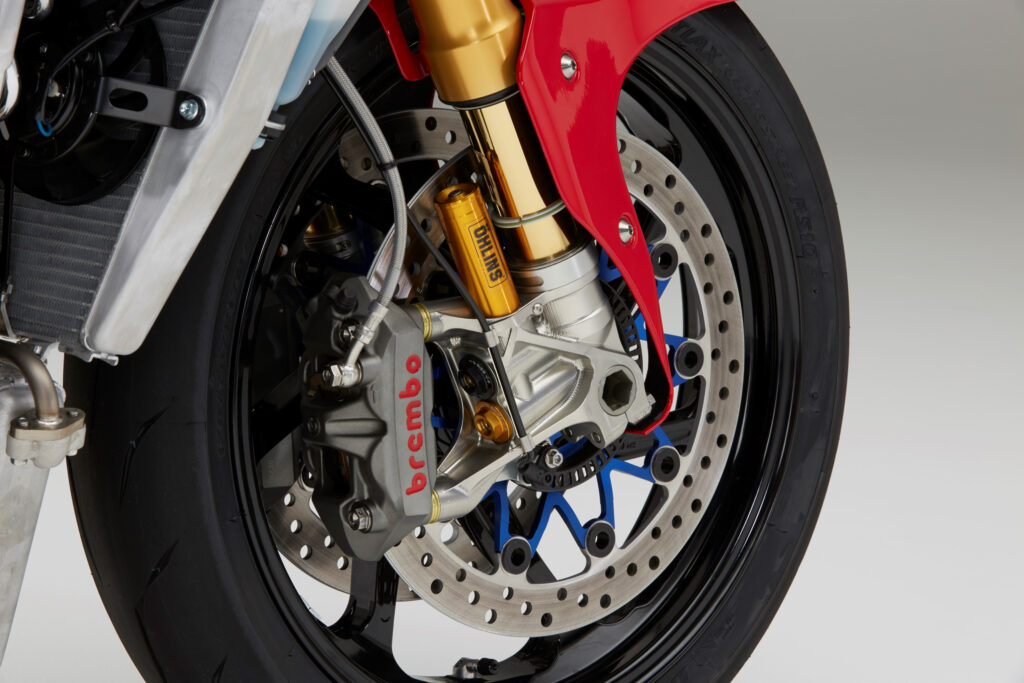Within the dynamic world of motorcycles, a constant undercurrent of rumors flows. Some fade into obscurity, while others materialize into reality. Consider the persistent speculations about Marc Marquez’s potential departure from Honda or Ducati’s covert development of a motocross bike, coupled with the acquisition of Tony Cairoli’s talents behind closed doors.
One intriguing rumor that has kept motorcycle enthusiasts on the edge of their seats revolves around KTM’s steady acquisition of MV Agusta. In 2022, KTM secured a 25.1 percent stake in MV Agusta, sparking curiosity about their ultimate intentions. Given KTM’s history of taking over brands like Husqvarna and GasGas, it’s only natural to wonder: Is MV Agusta next in line for a KTM makeover?
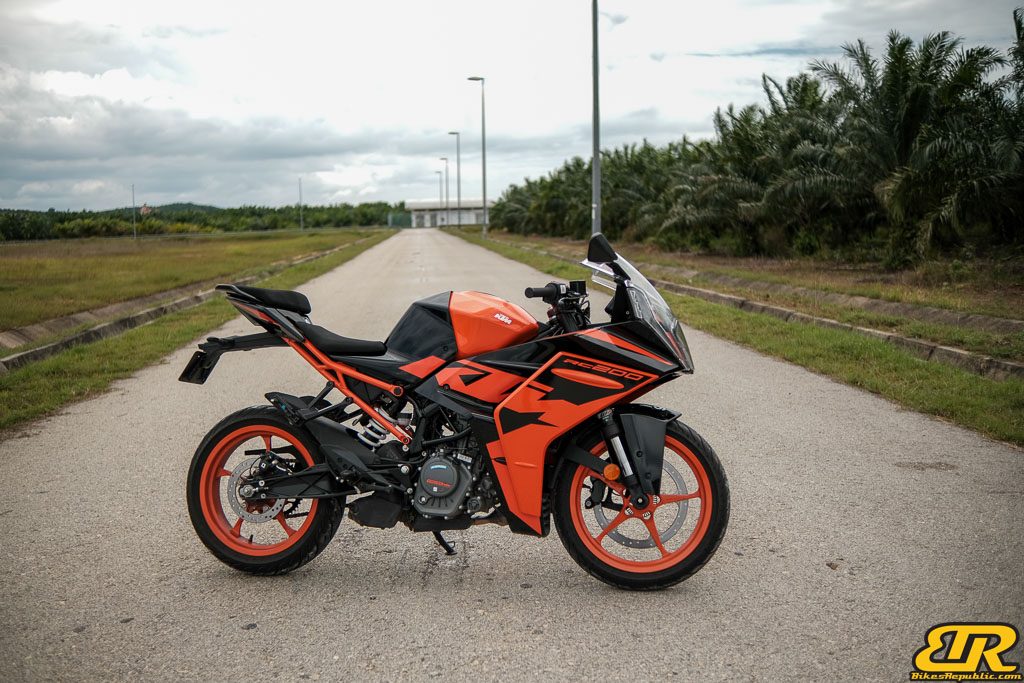
The industry has witnessed a whirlwind of conjecture, with Stefan Pierer, head of Pierer Mobility and KTM, and board member Hubert Trunkenpolz sharing glimpses of their company’s future, which seemed to include a complete takeover of MV Agusta. On the other side of the debate, MV Agusta’s CEO, Timur Sardarov, vehemently denied any prospects of KTM gaining control of his company.
On October 24, 2023, Pierer Mobility made a pivotal announcement titled “Deepening the cooperation with MV Agusta.”
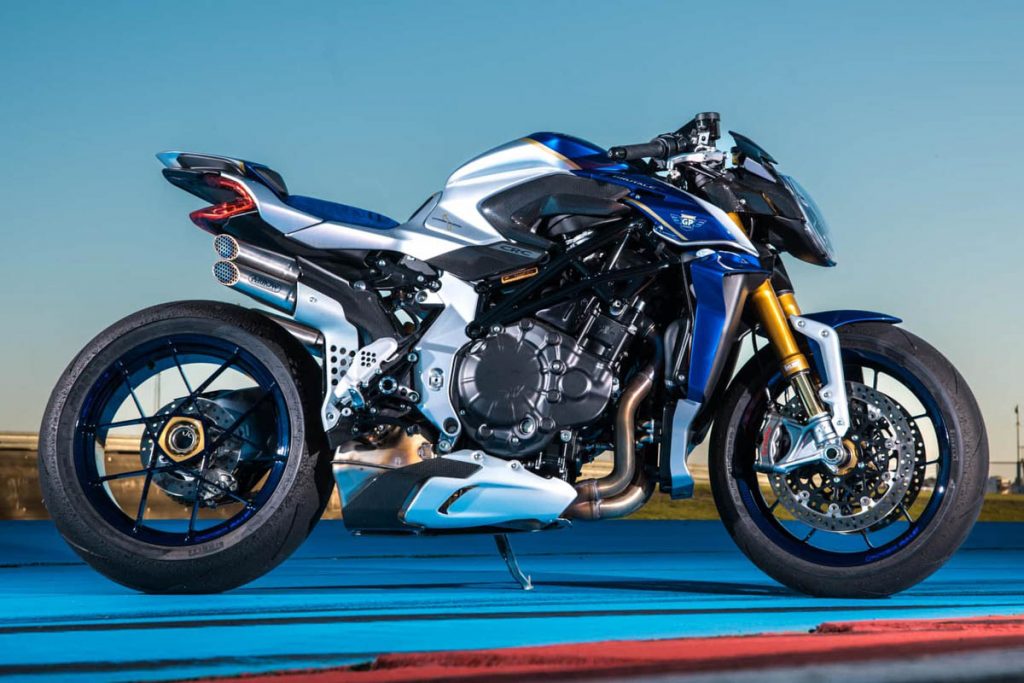
The statement is succinct and to the point, with a subject line that reads, “KTM AG and MV Agusta agree call option on majority stake.”
The subsequent paragraph summarizes the business relationship between KTM and MV Agusta thus far, outlining KTM’s initial acquisition of a 25.1 percent stake, its oversight of MV’s supply chain and purchasing, and its distribution of the Varese brand through Pierer Mobility’s extensive global network.
Then comes the long-anticipated revelation: “The call option granted to KTM AG on the basis of the annual financial statements as of December 31, 2025, to acquire a majority stake in MV Agusta will be exercised in spring 2026.”
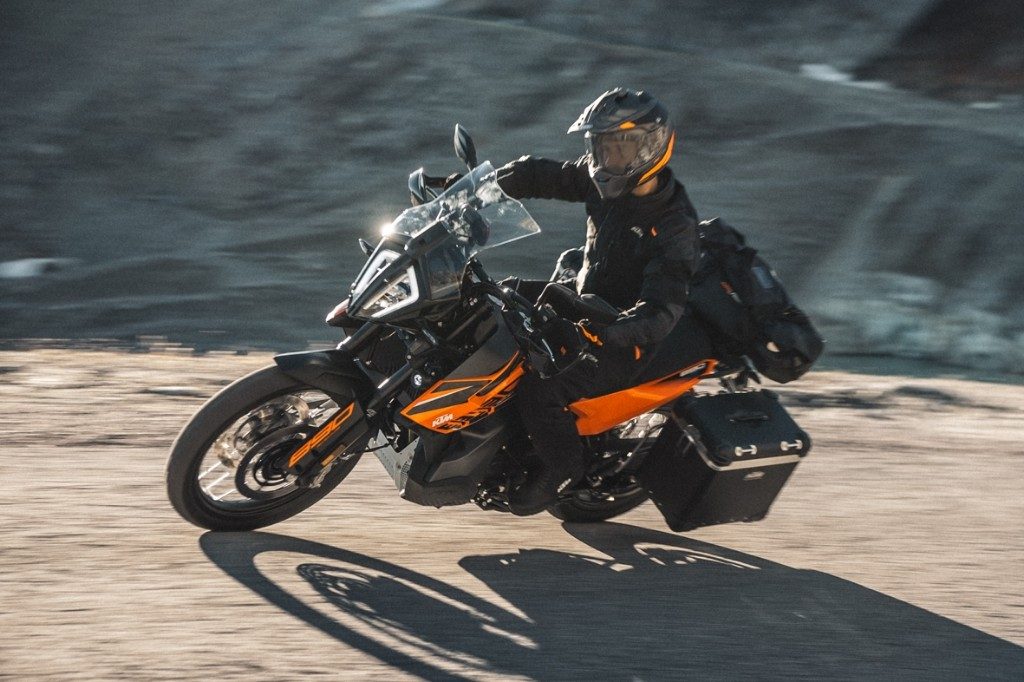
For those less versed in financial jargon, Britannica Money offers a clear definition of a call option:
“Seeking to capitalize on a stock’s potential gains with reduced upfront investment and limited downside risk? Consider buying a call option contract,” it suggests.
Britannica explains that a call option provides the buyer with the right, though not the obligation, to purchase shares of the underlying stock at a predetermined price (referred to as the strike price or exercise price) by a specified date (the expiration date).
In essence, Pierer Mobility’s statement affirms that KTM will secure a majority stake in MV Agusta come spring 2026. While more details of the deal are expected to emerge in the coming months, the lingering uncertainty surrounding this acquisition has finally been laid to rest.
Source: Ride Apart



